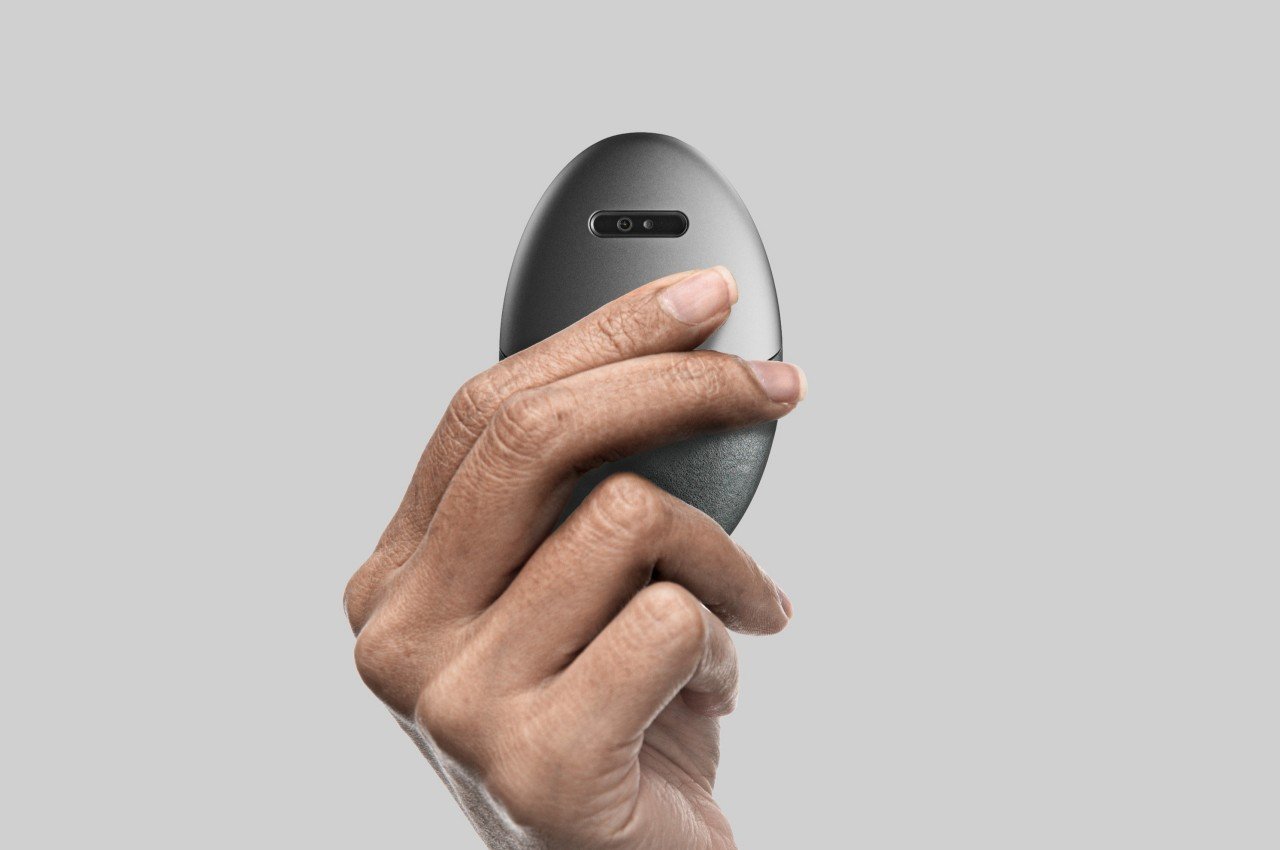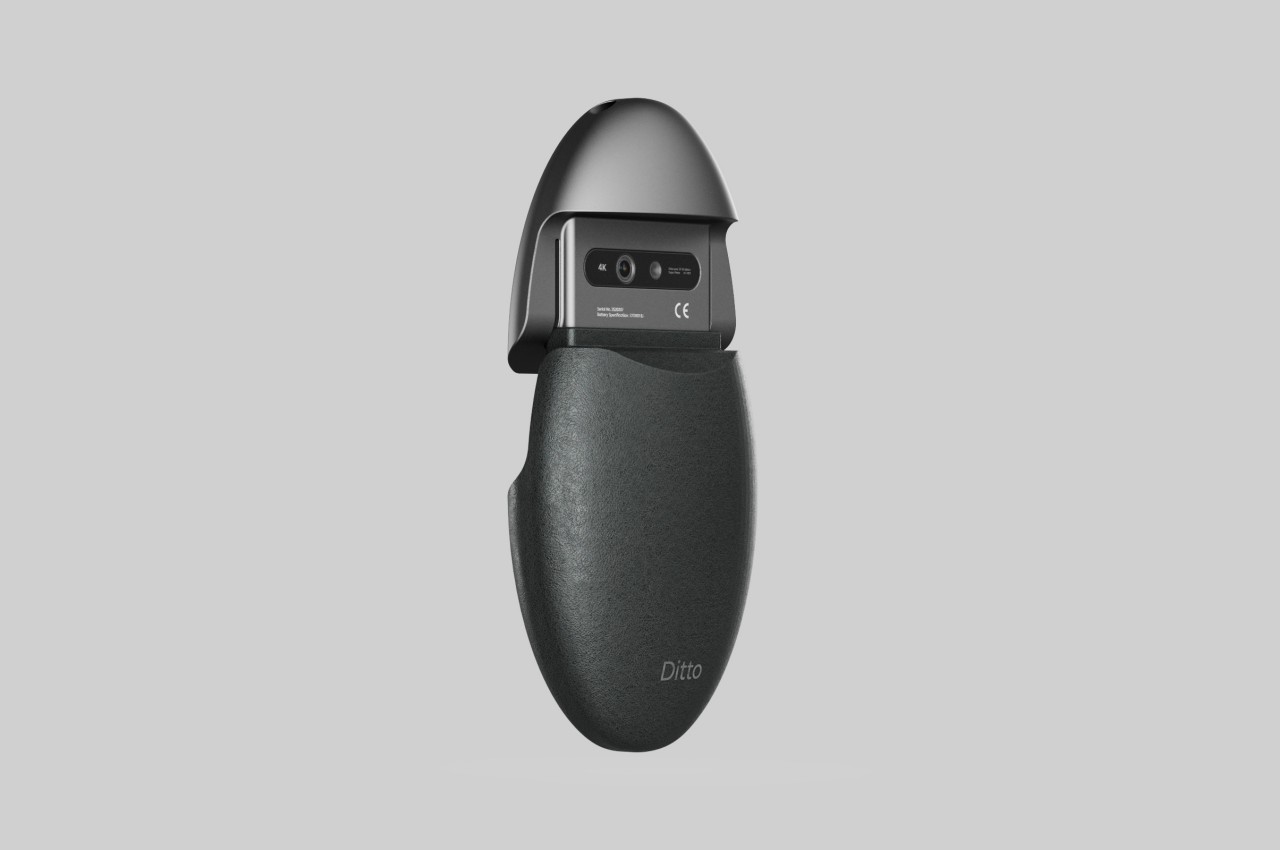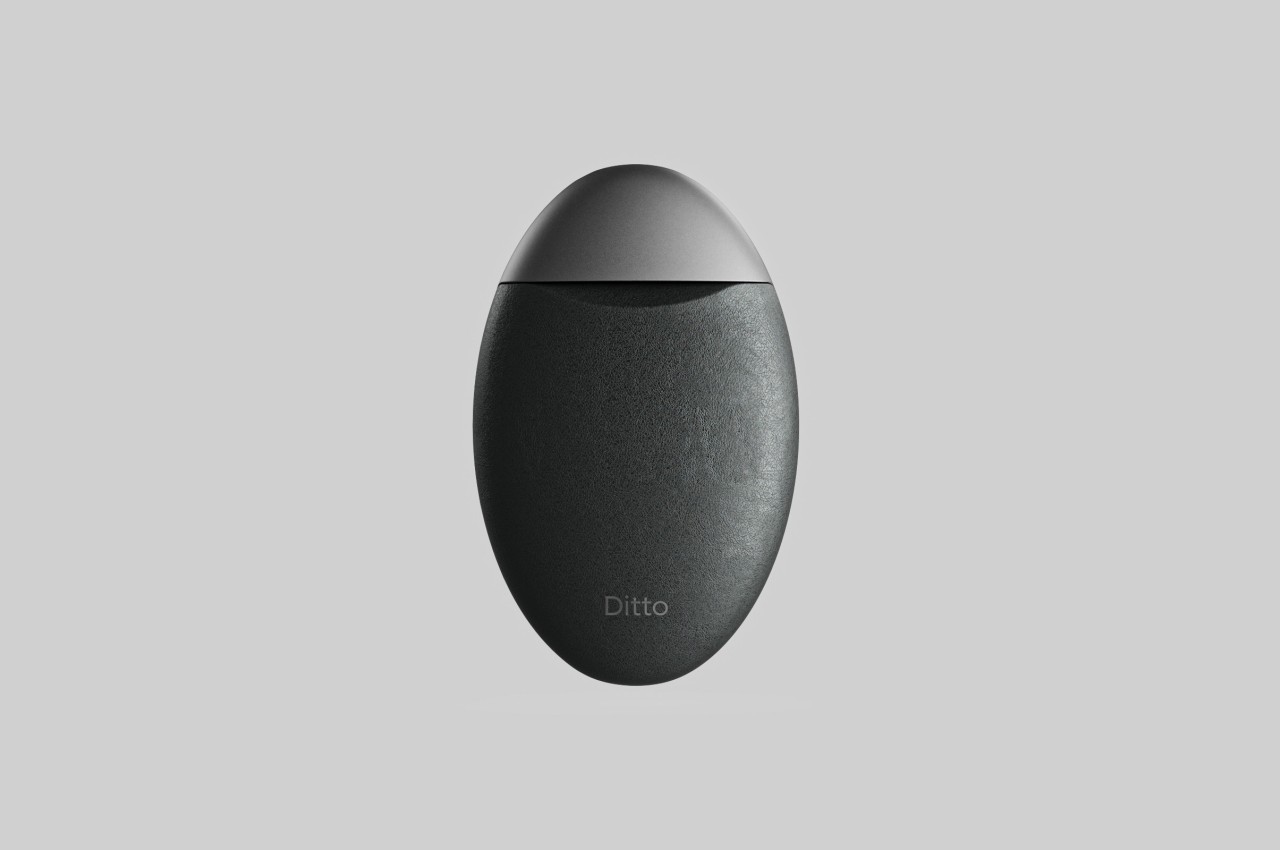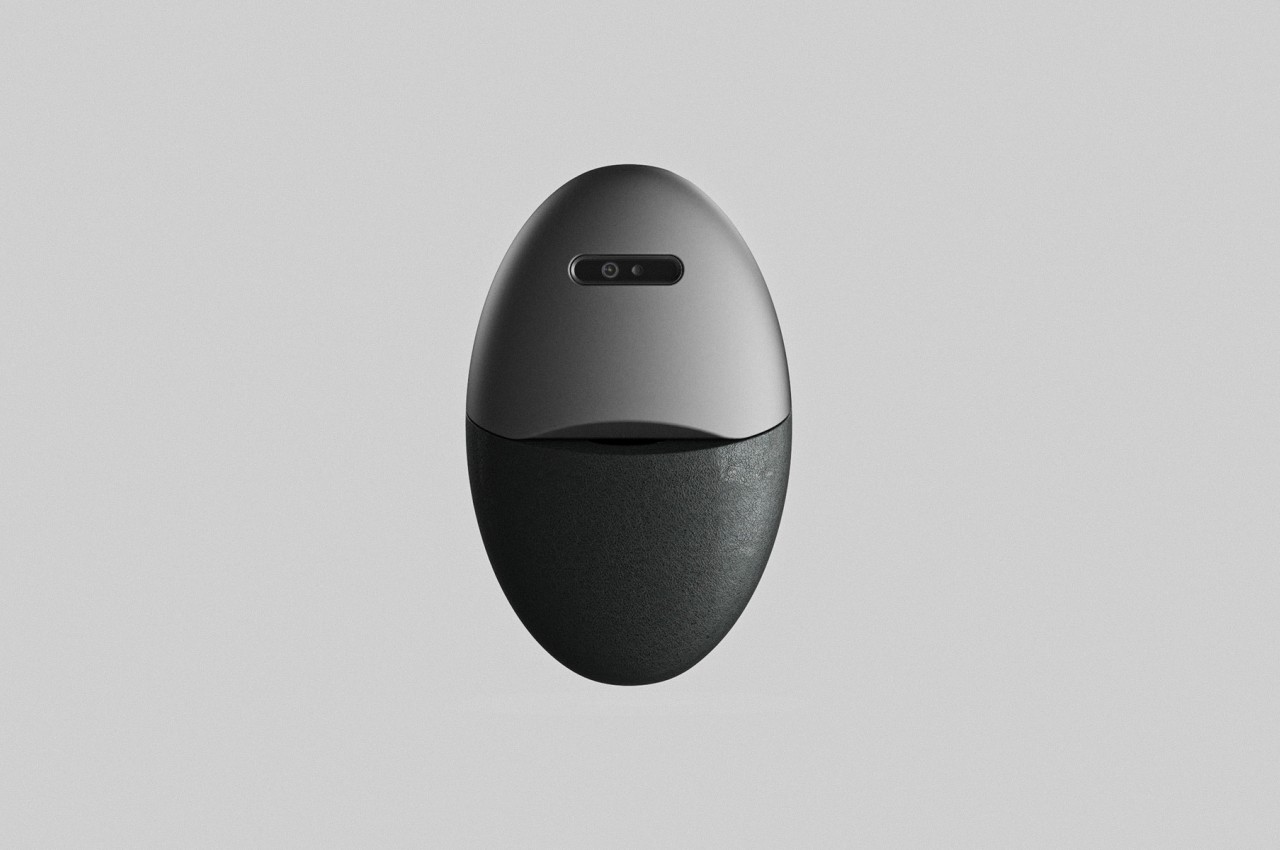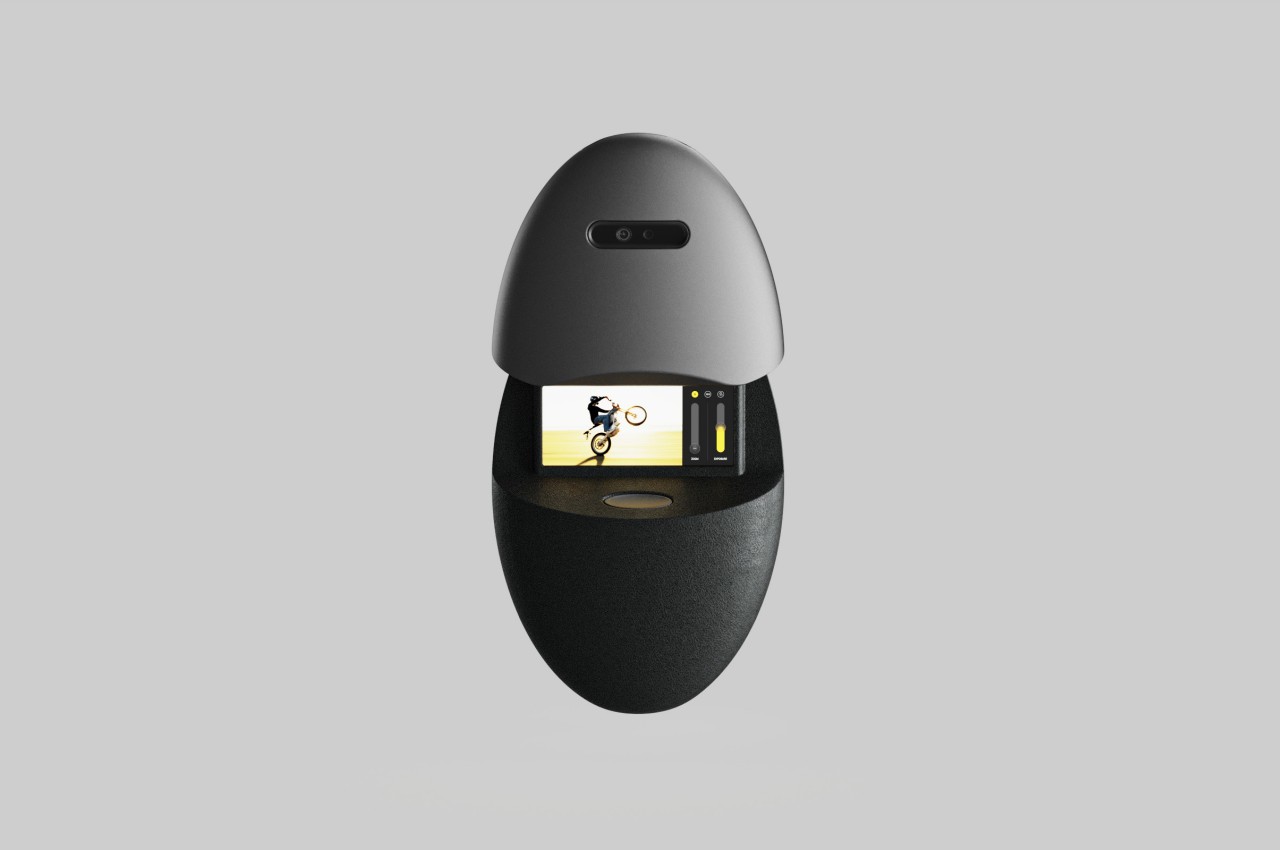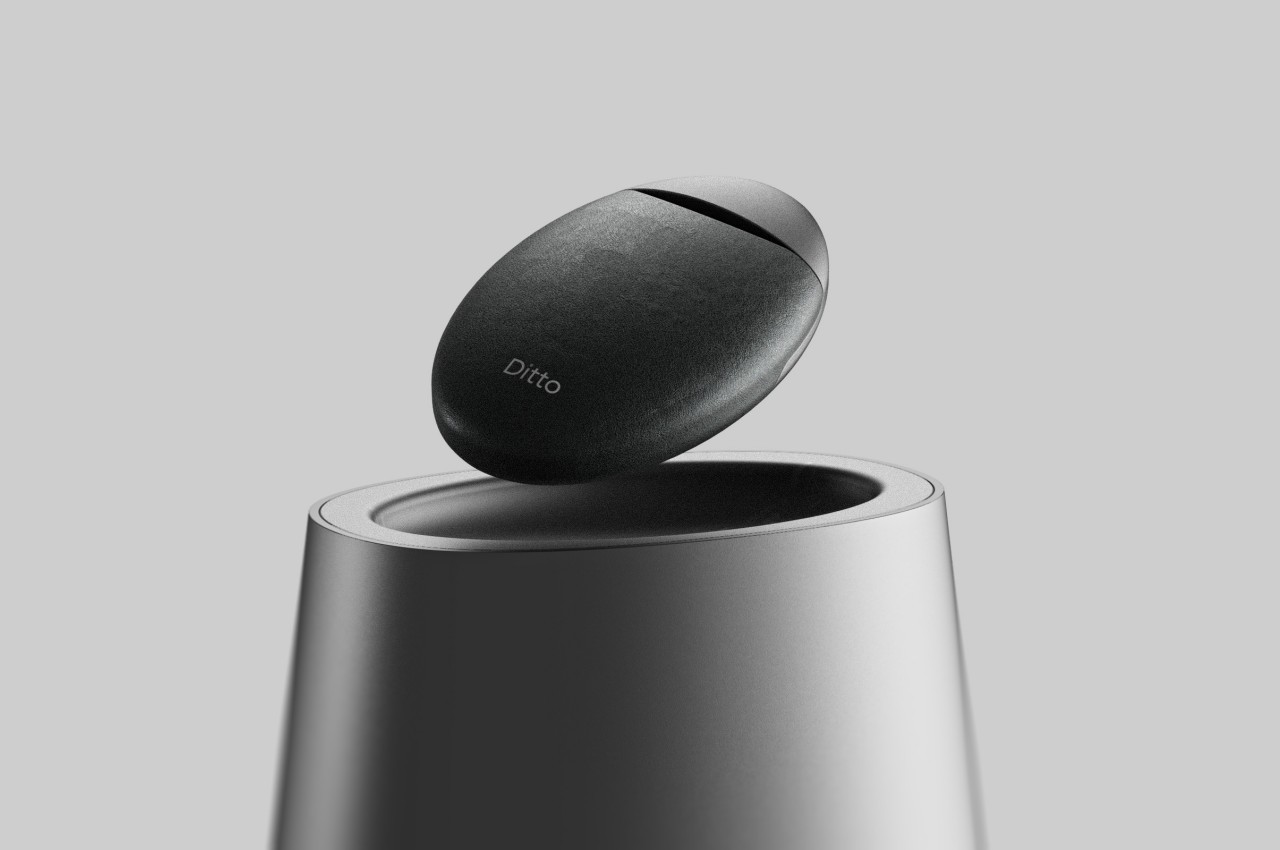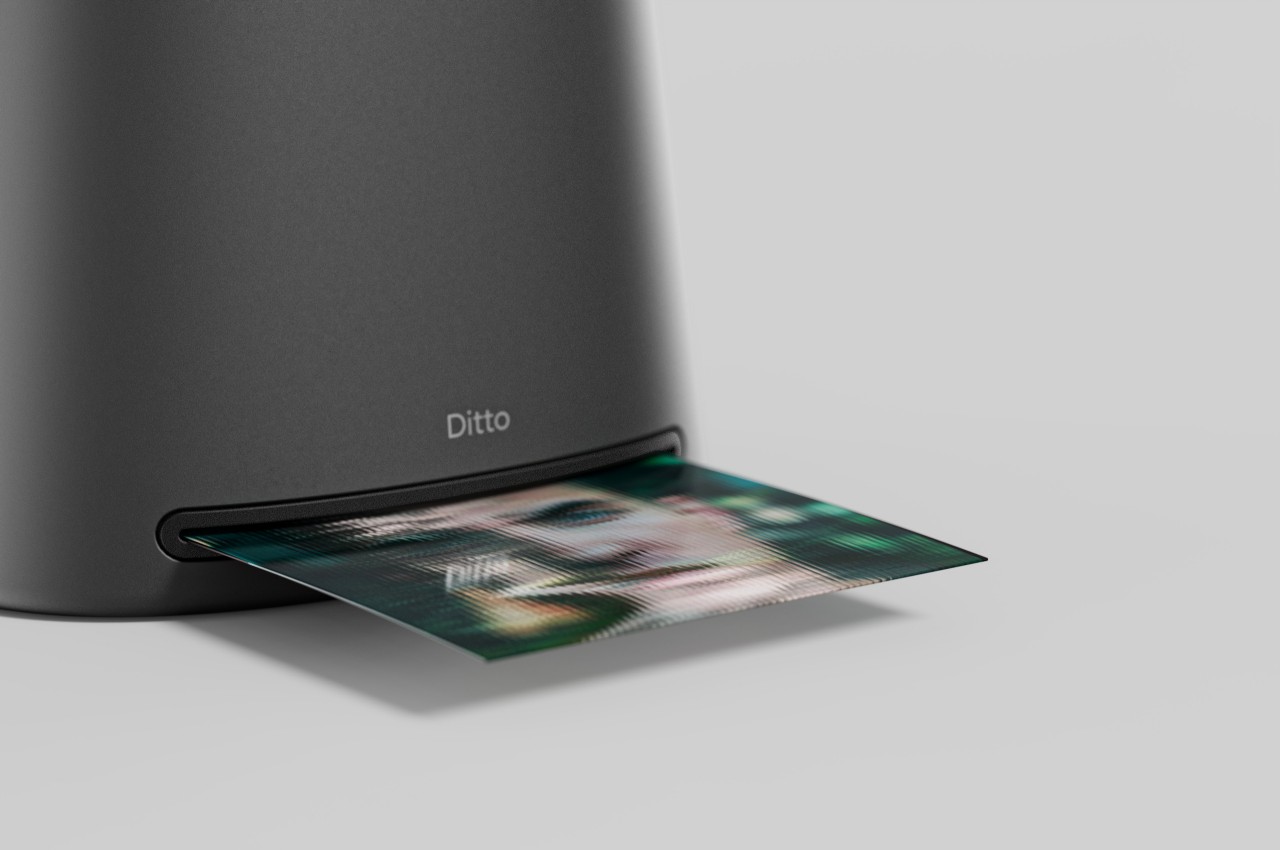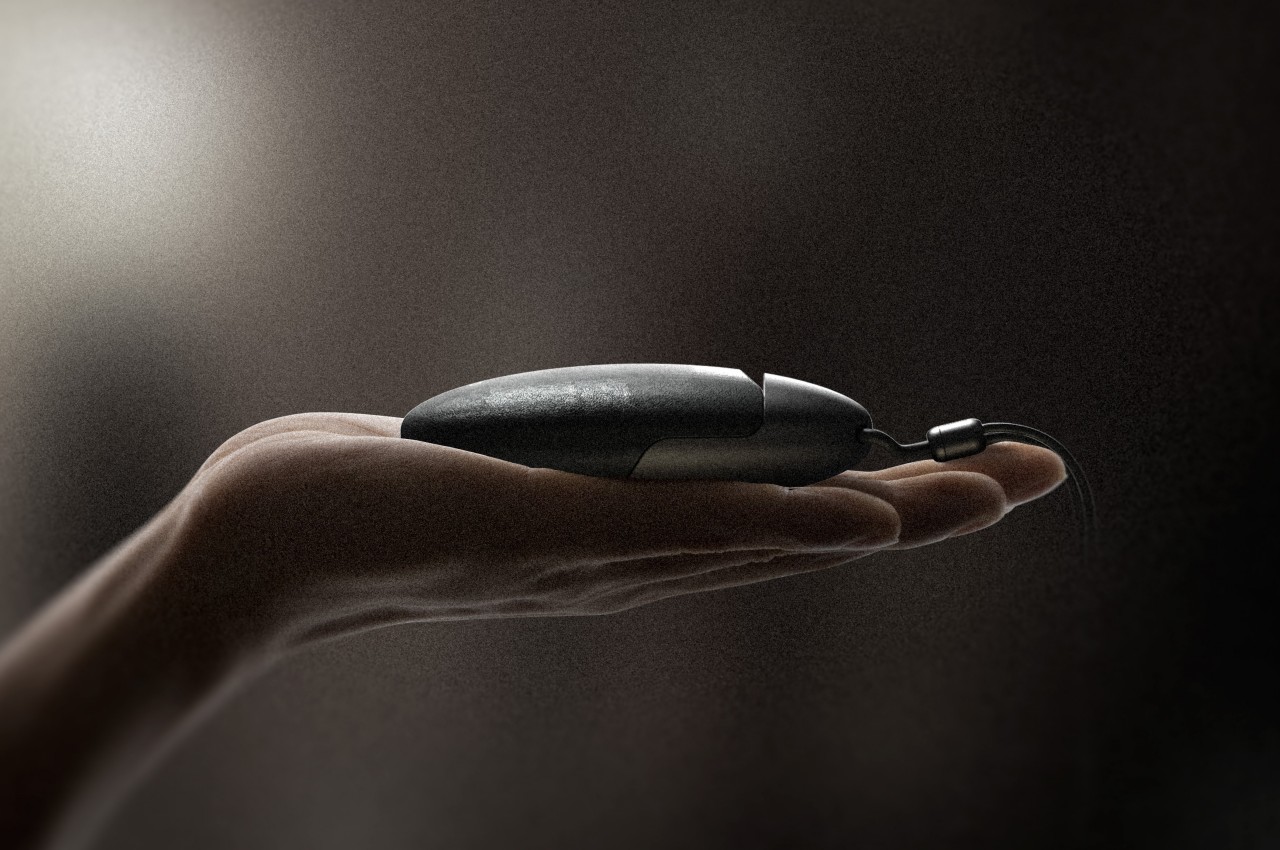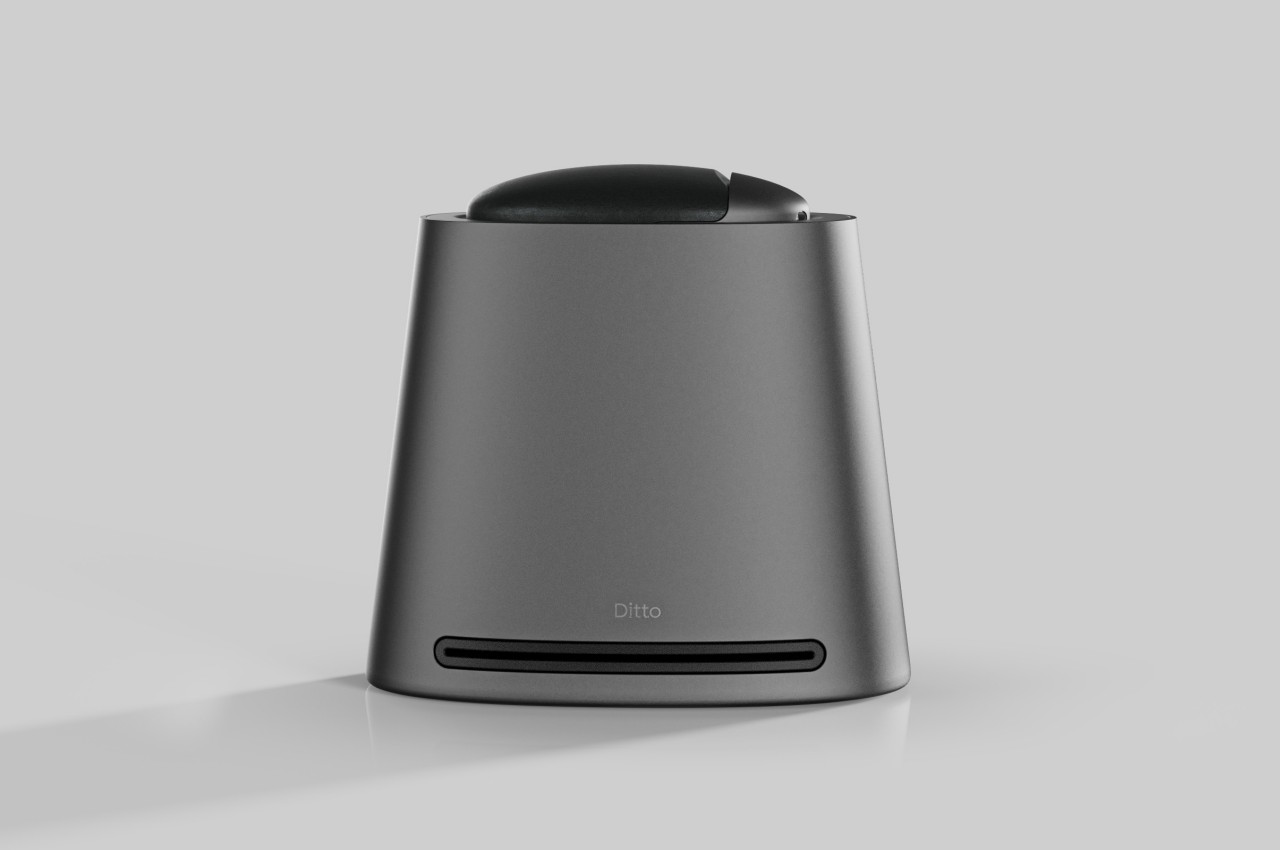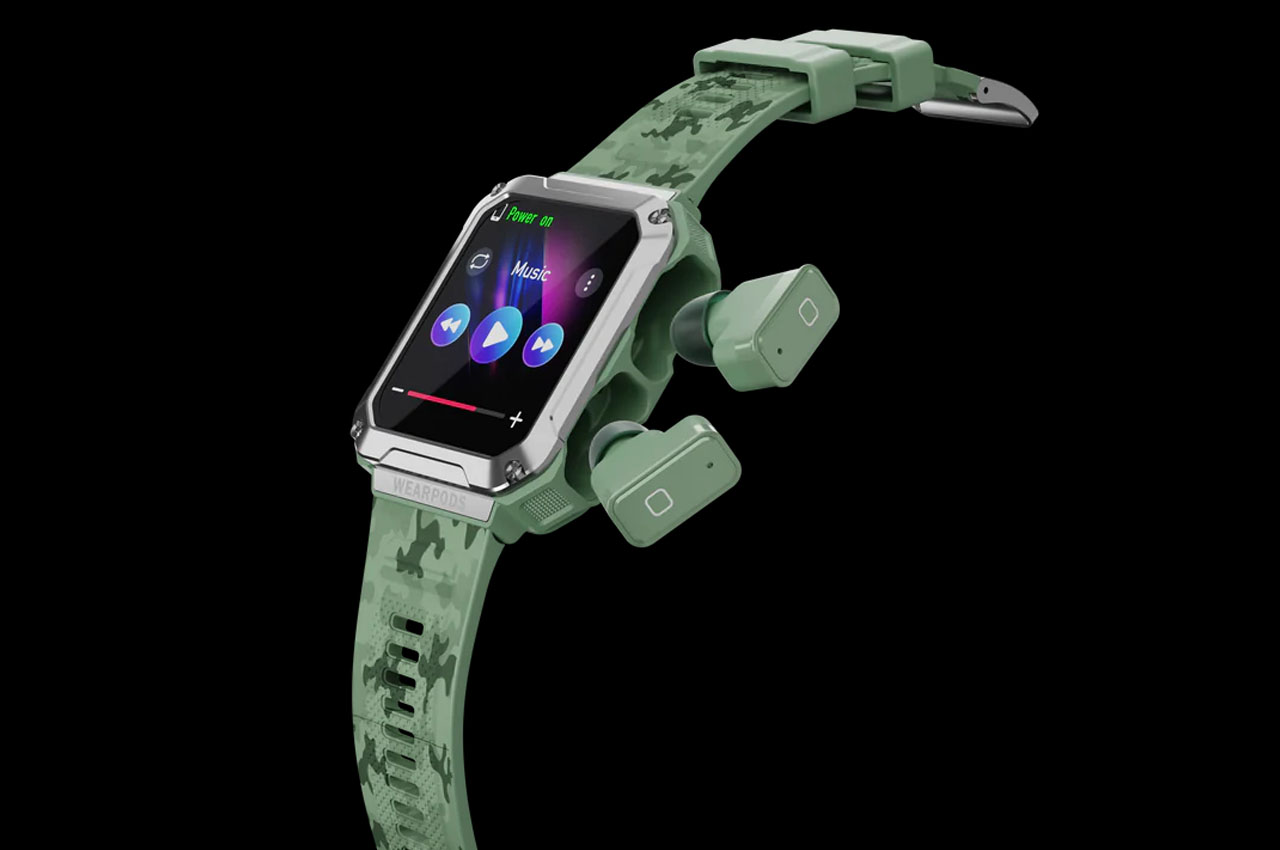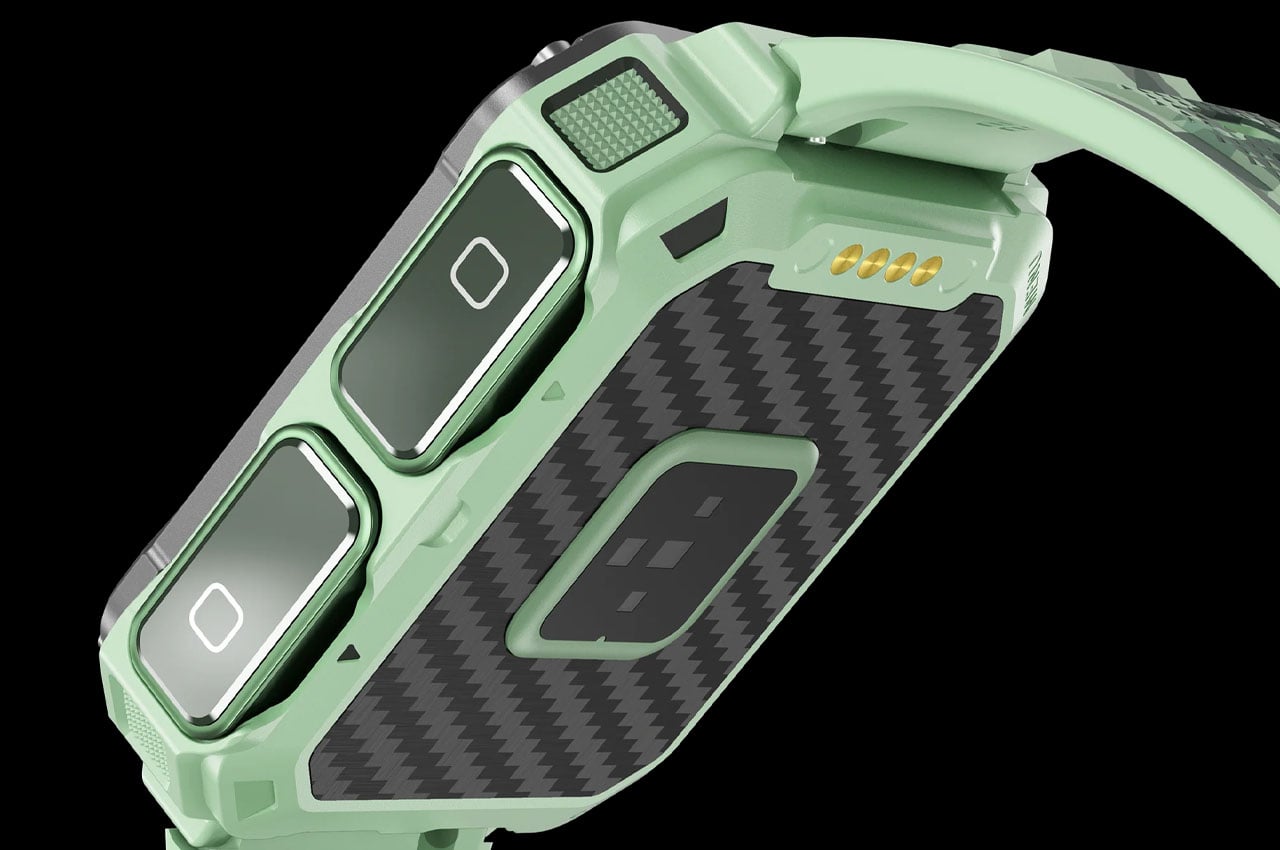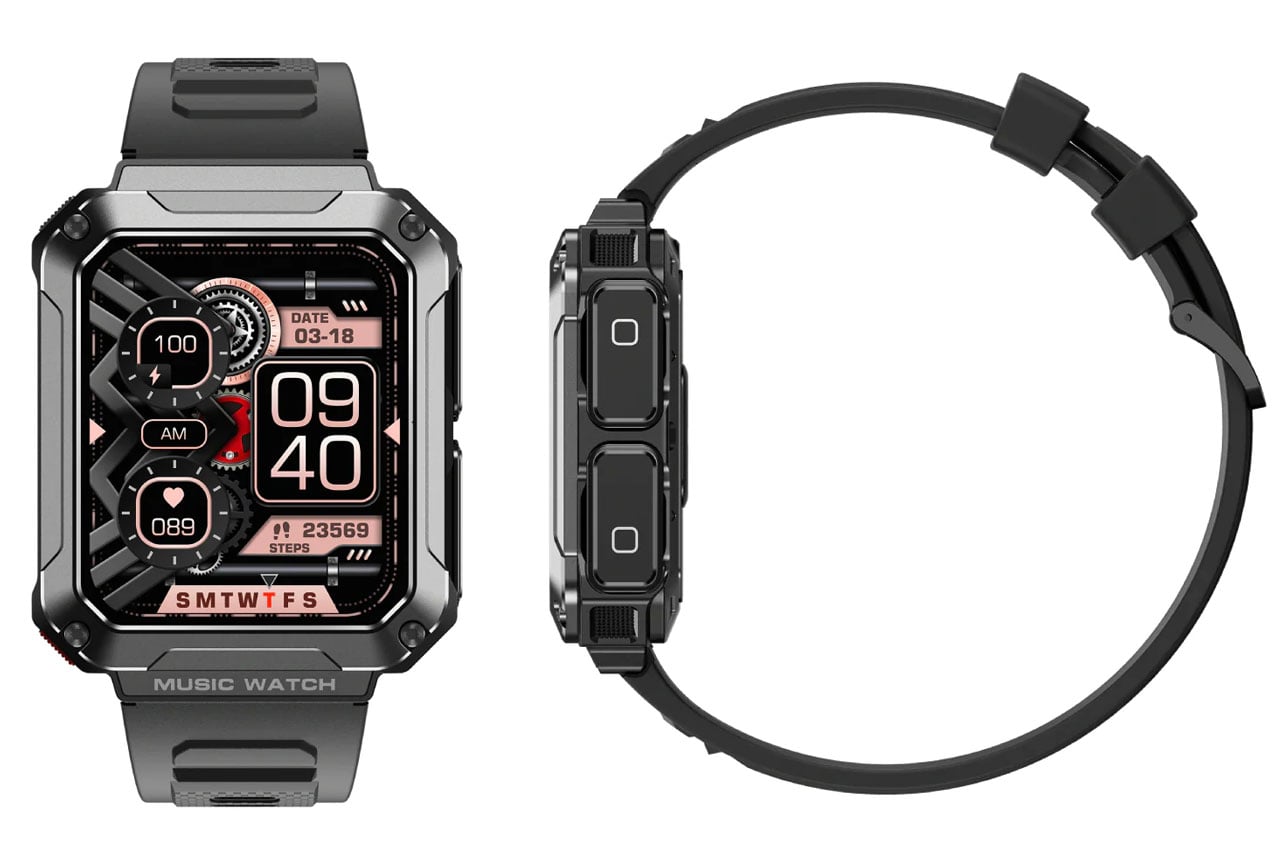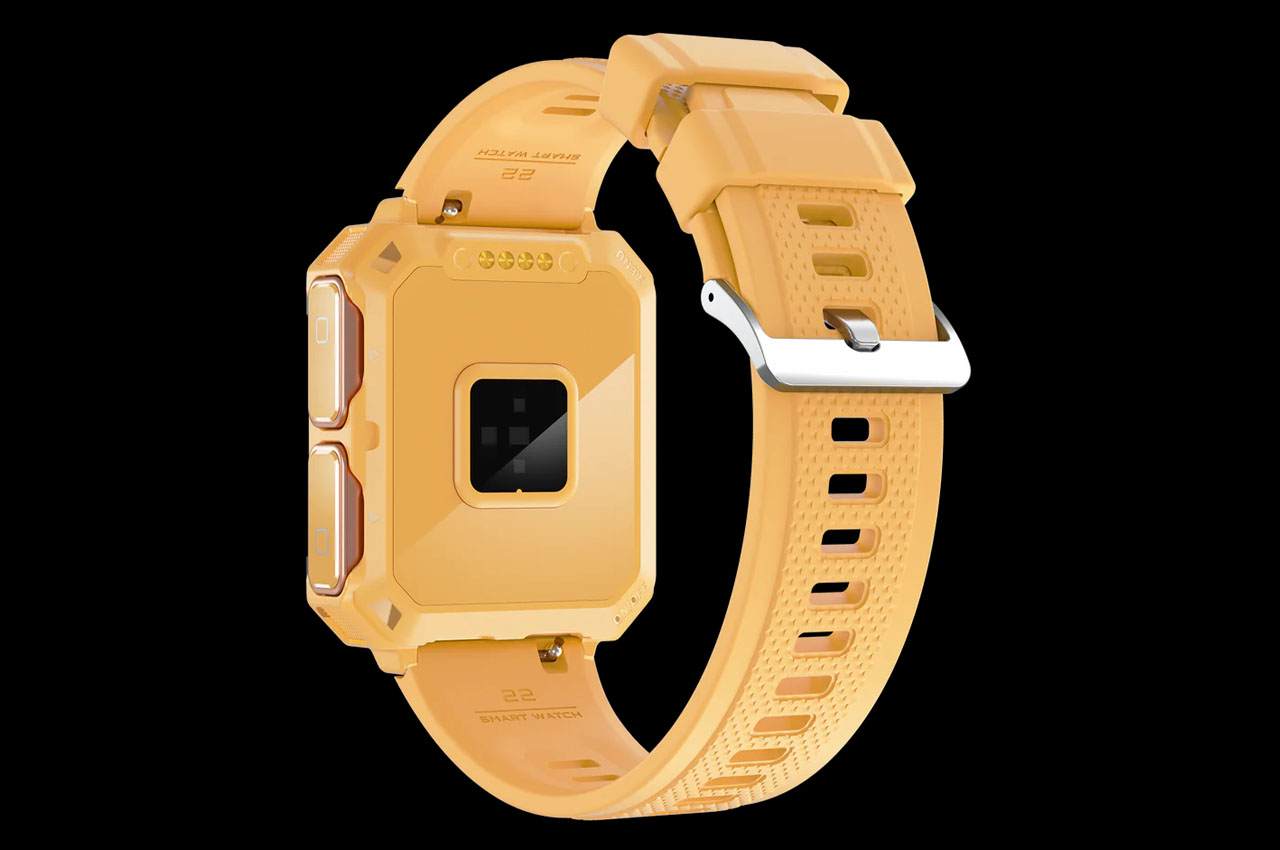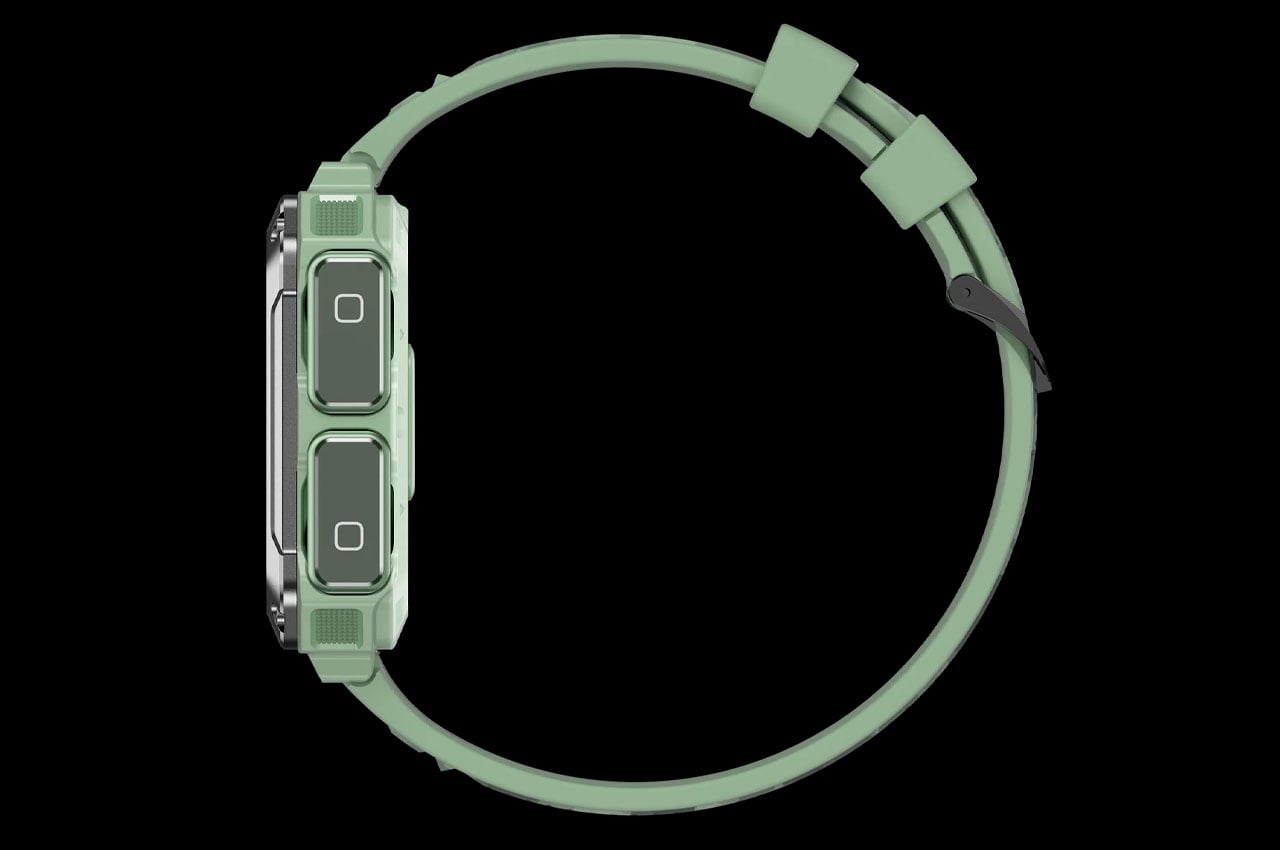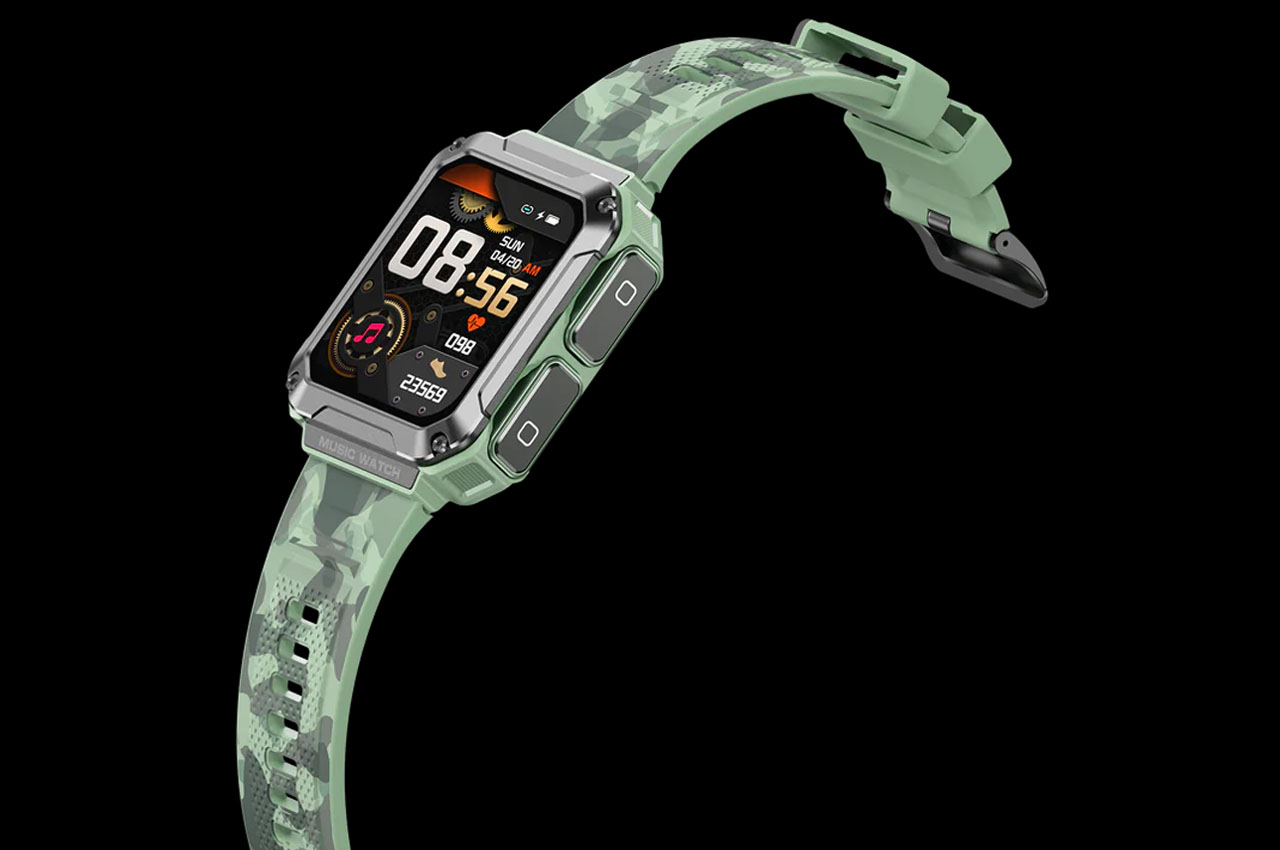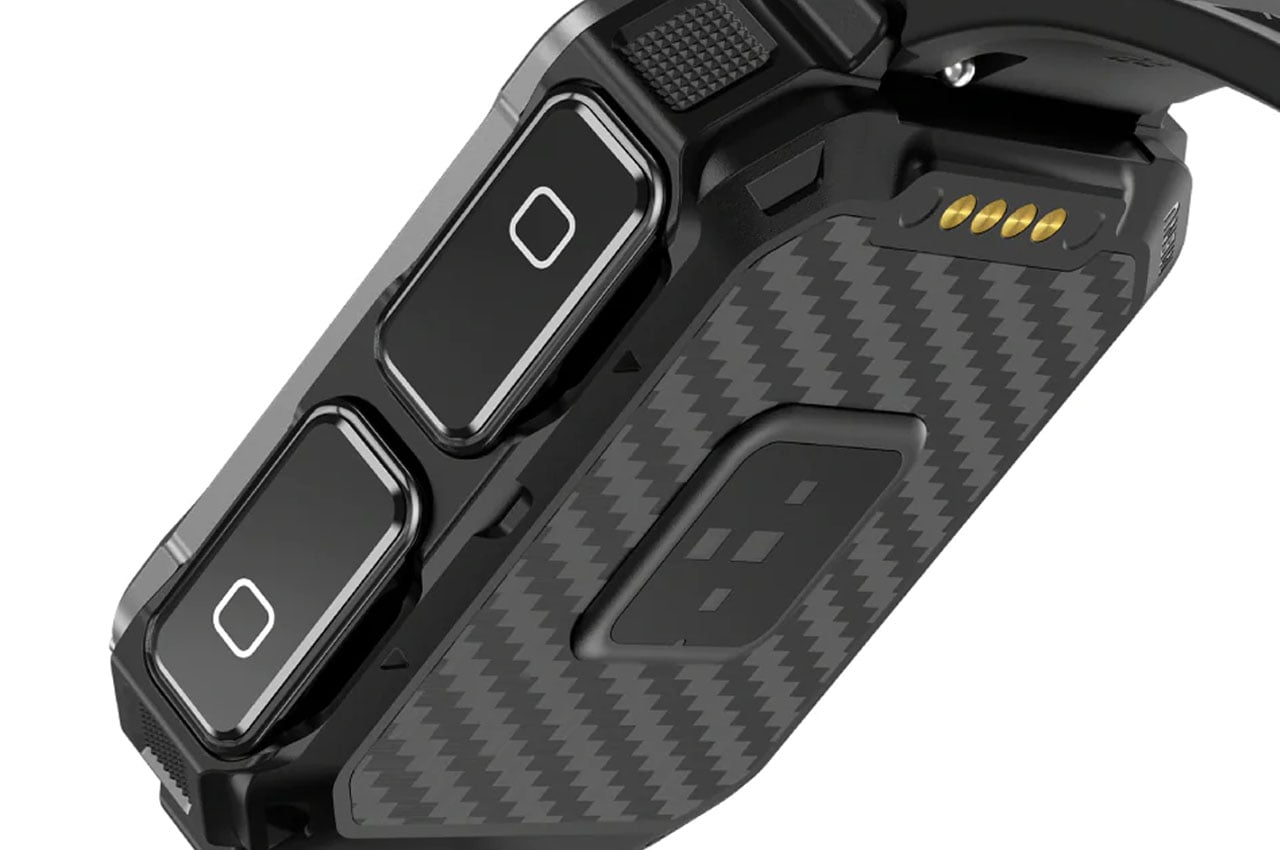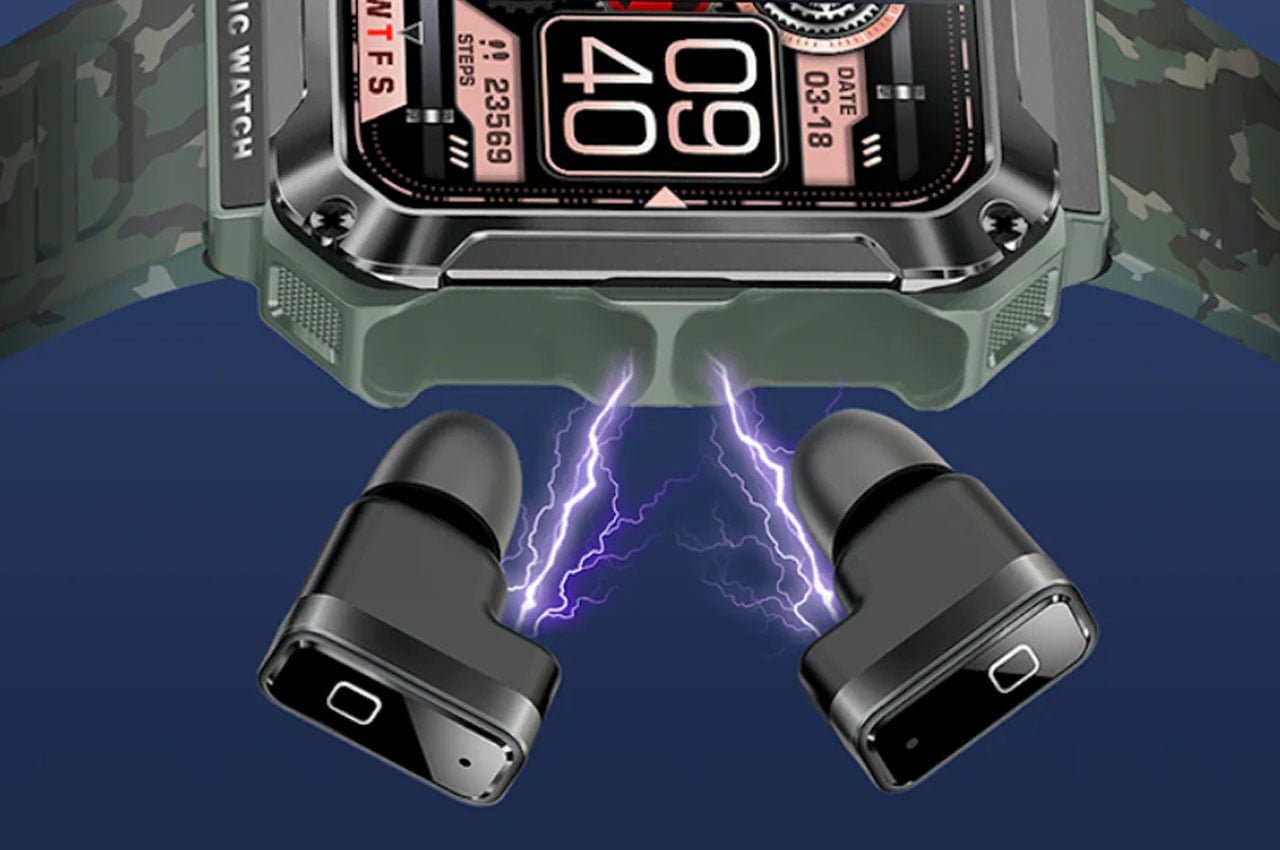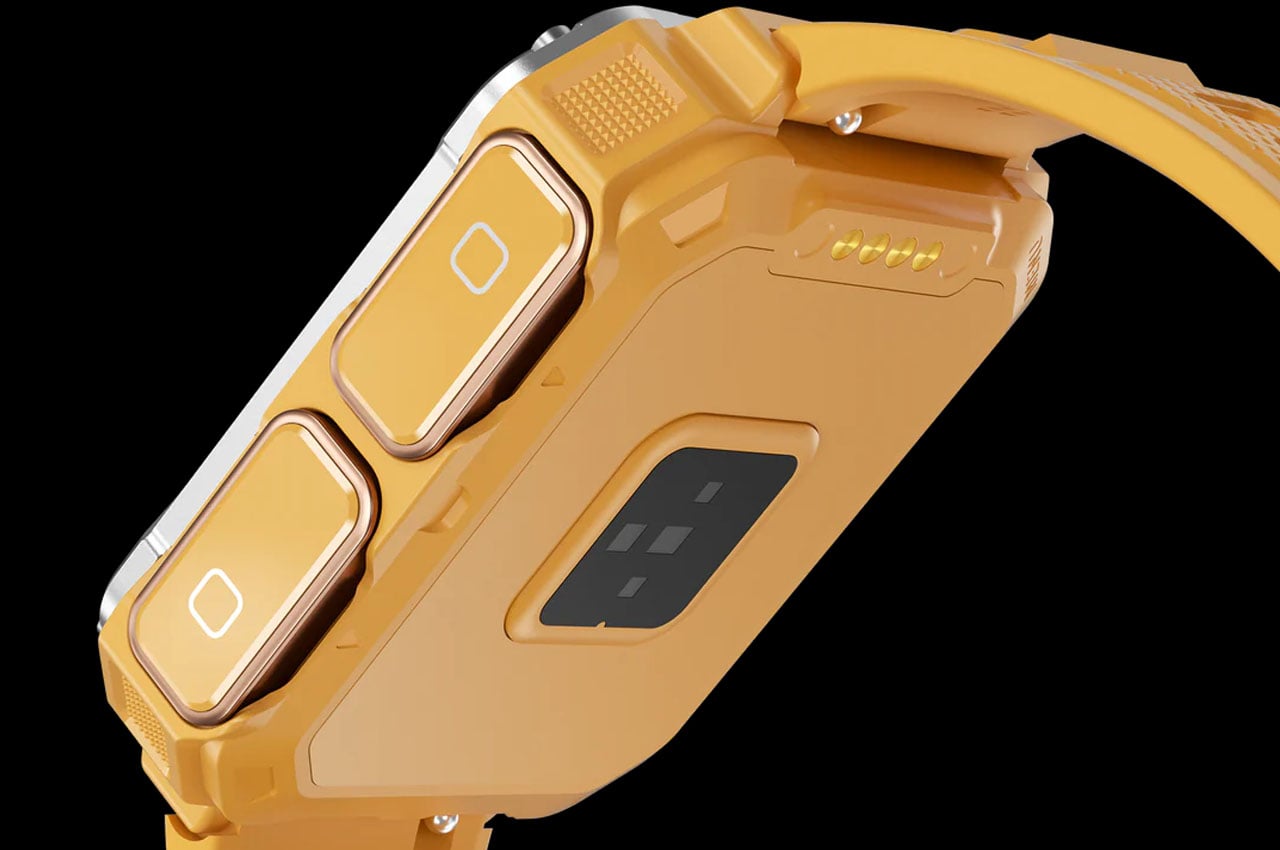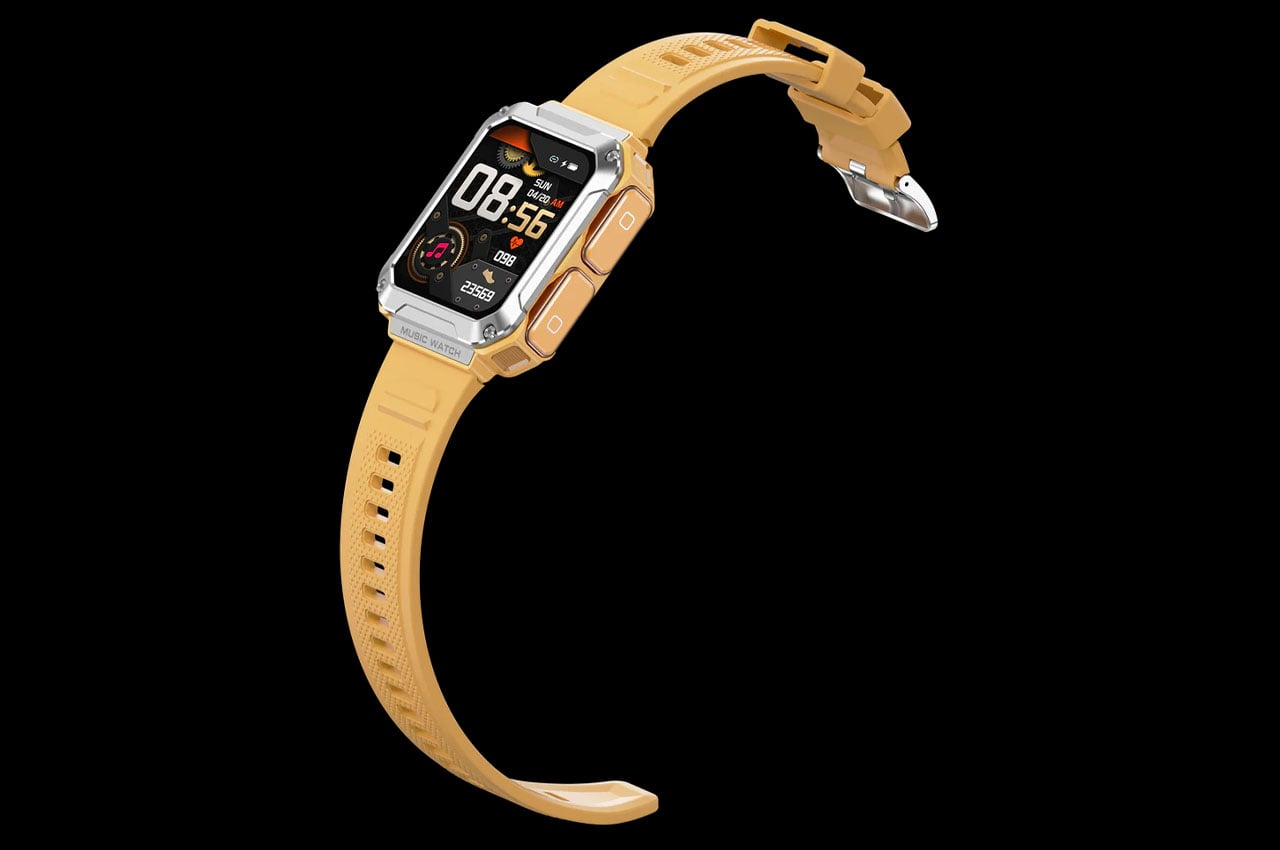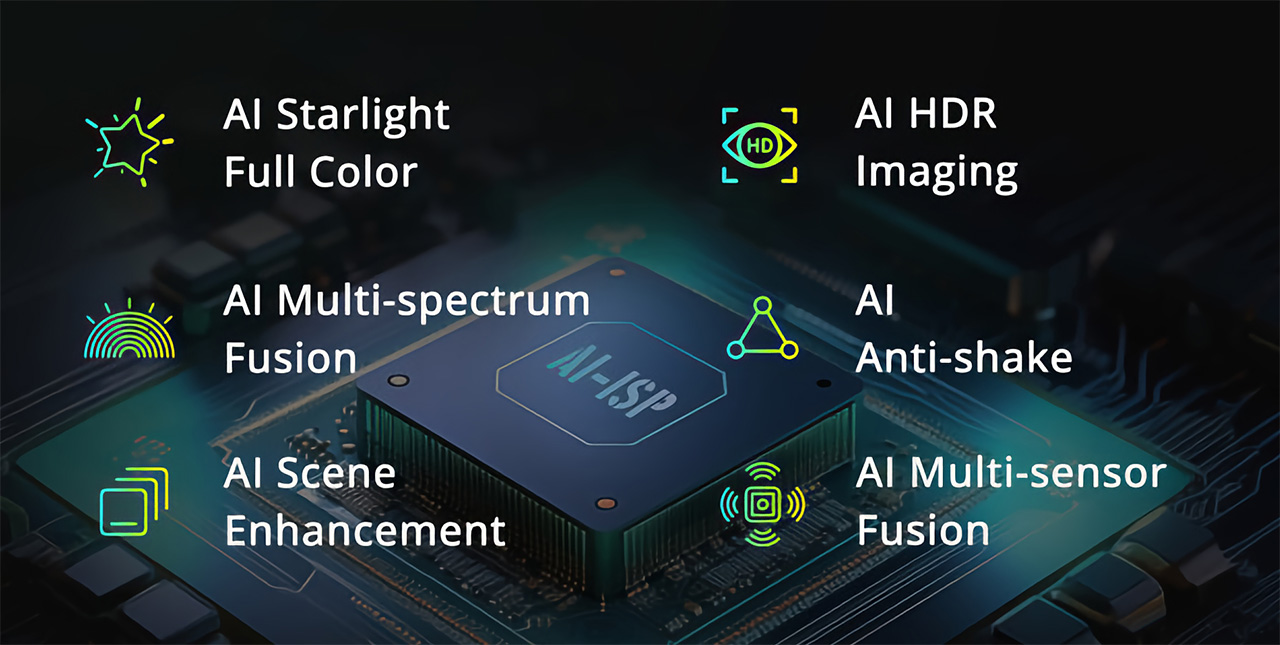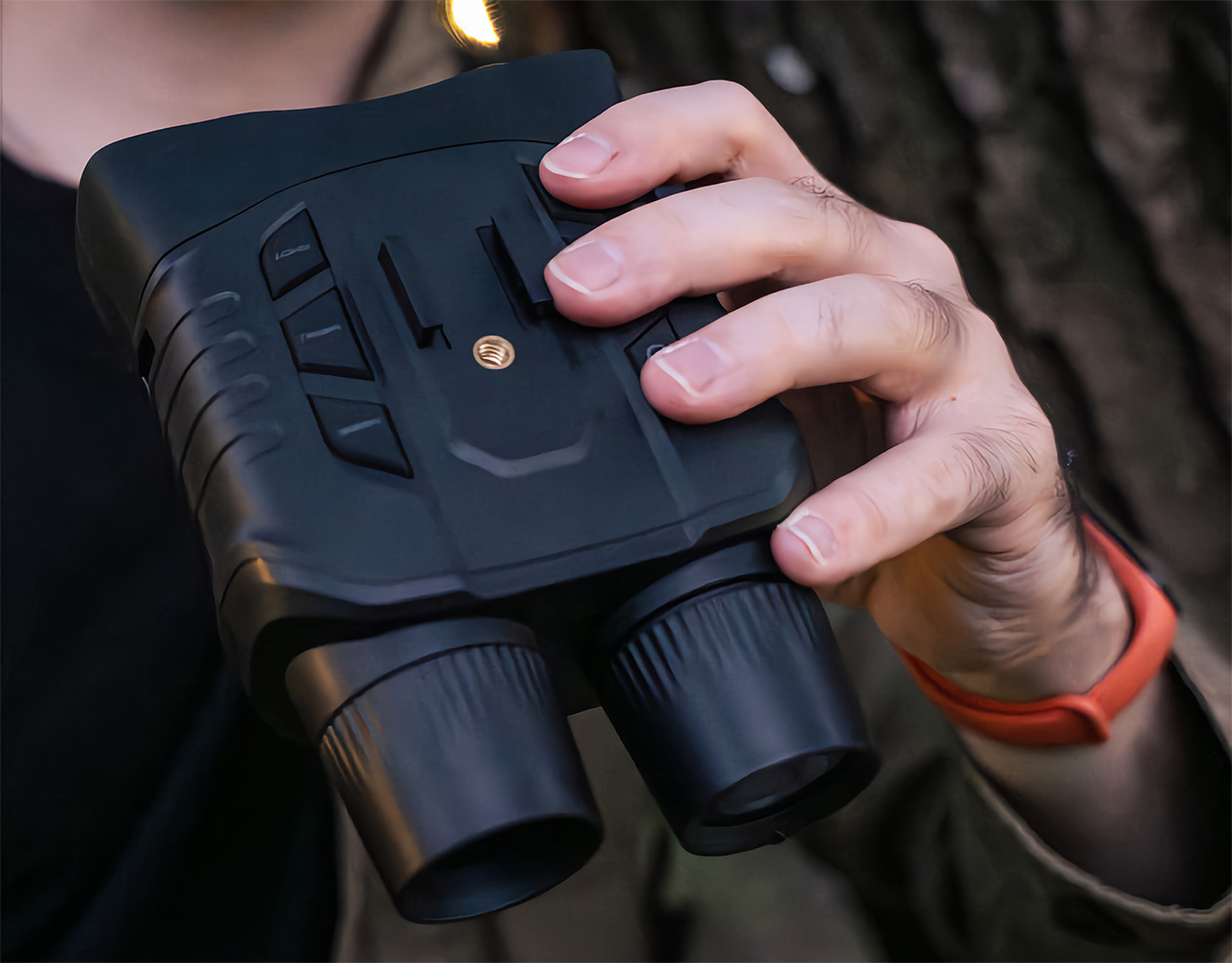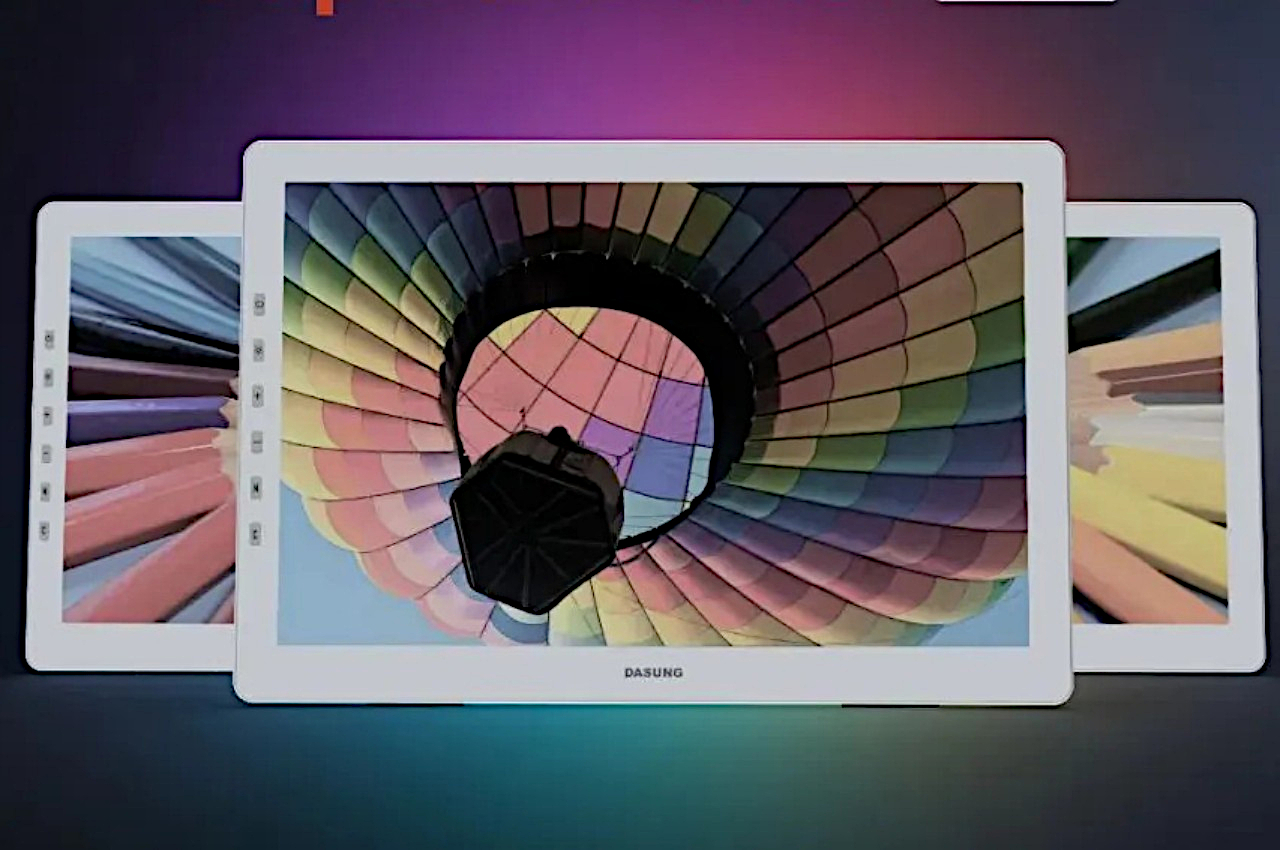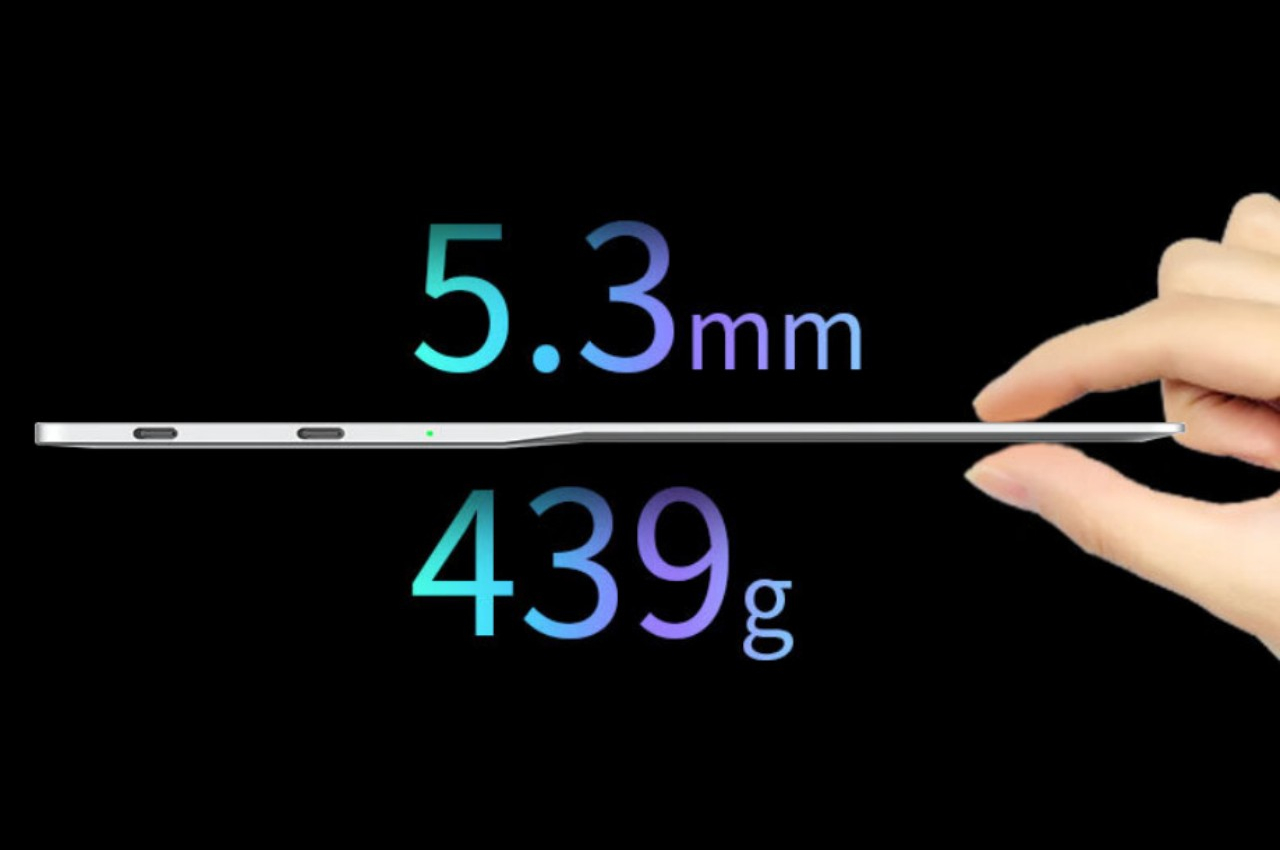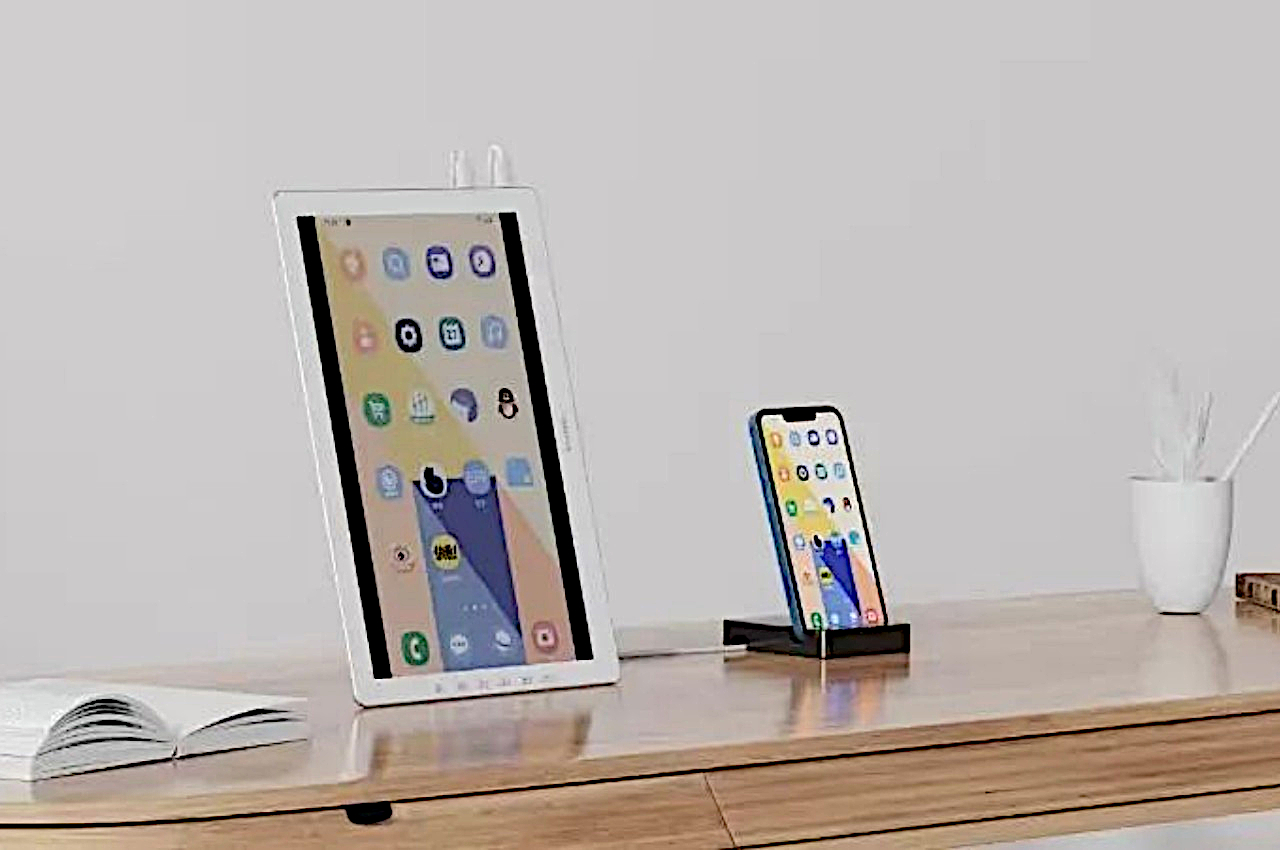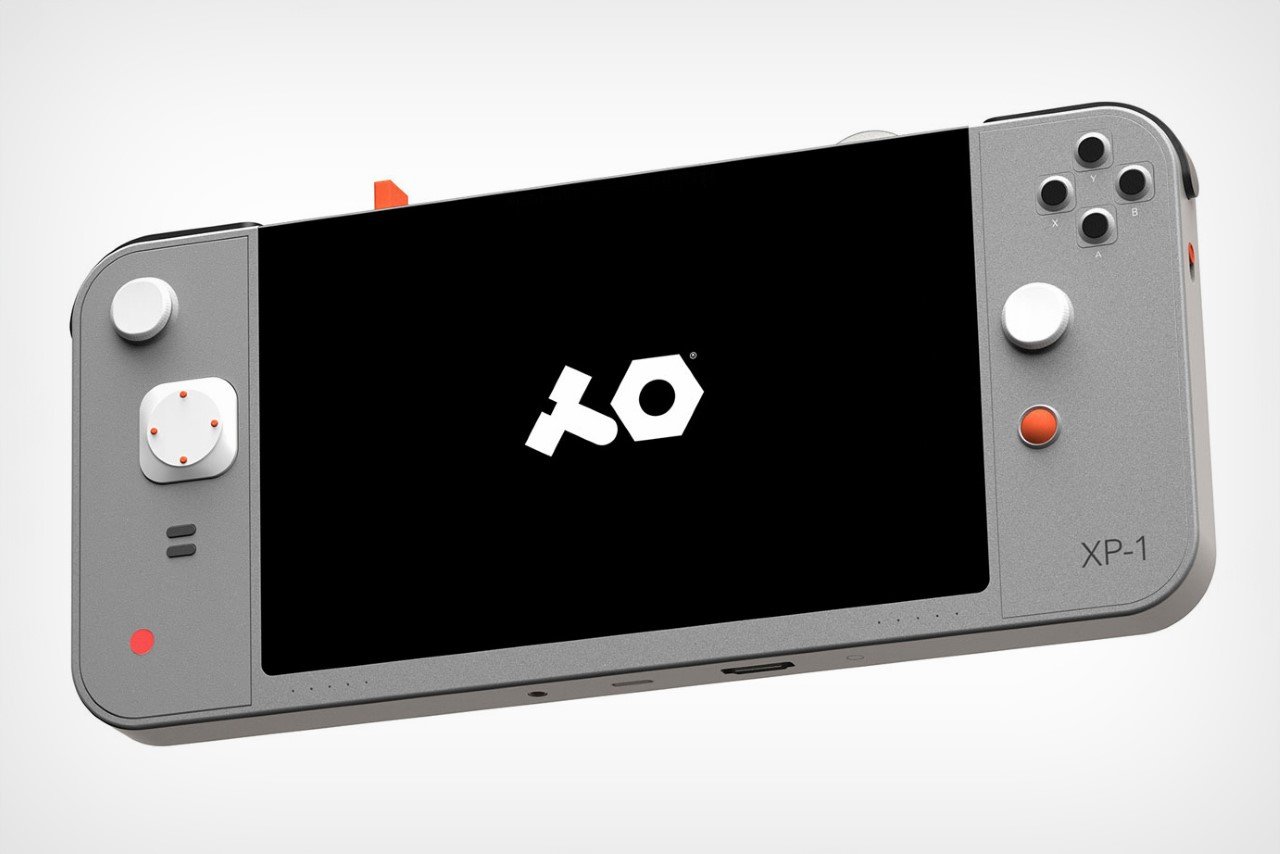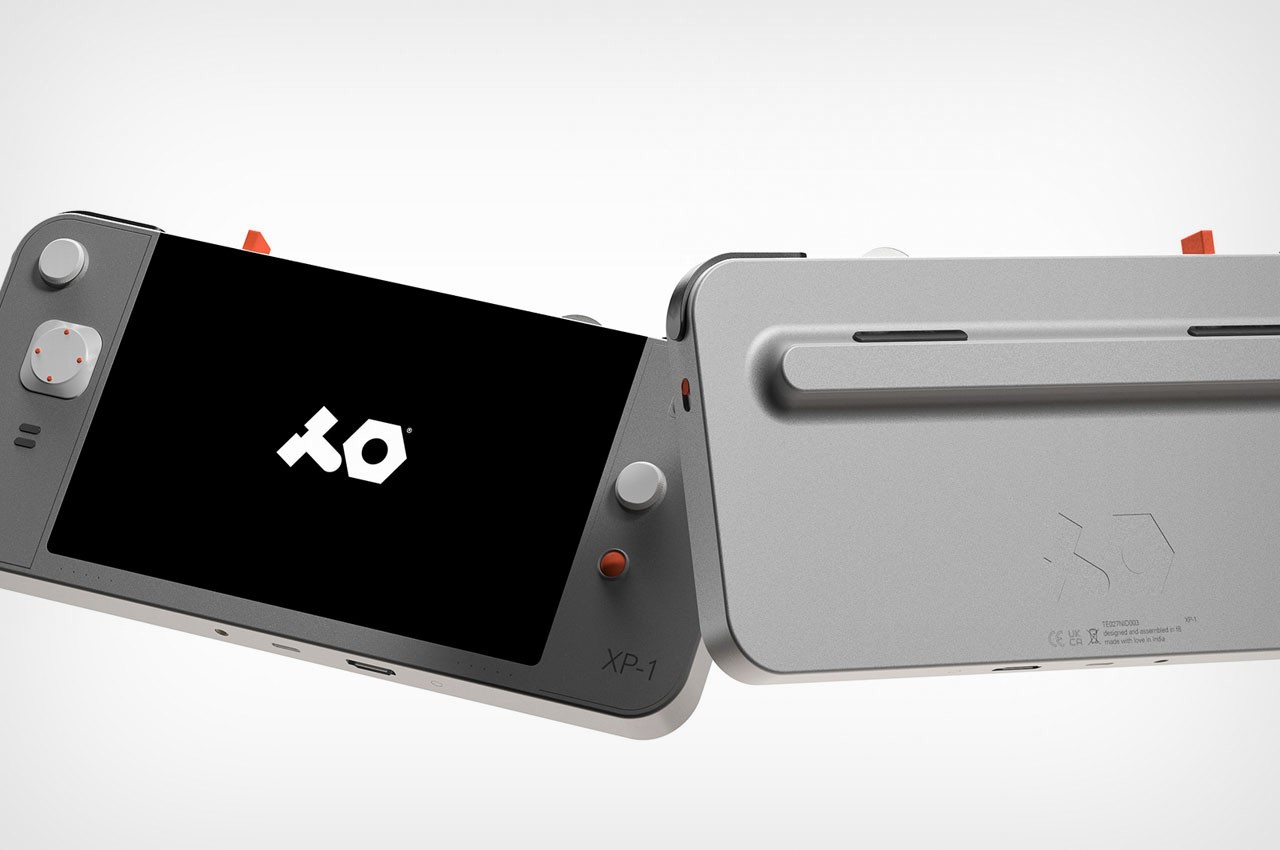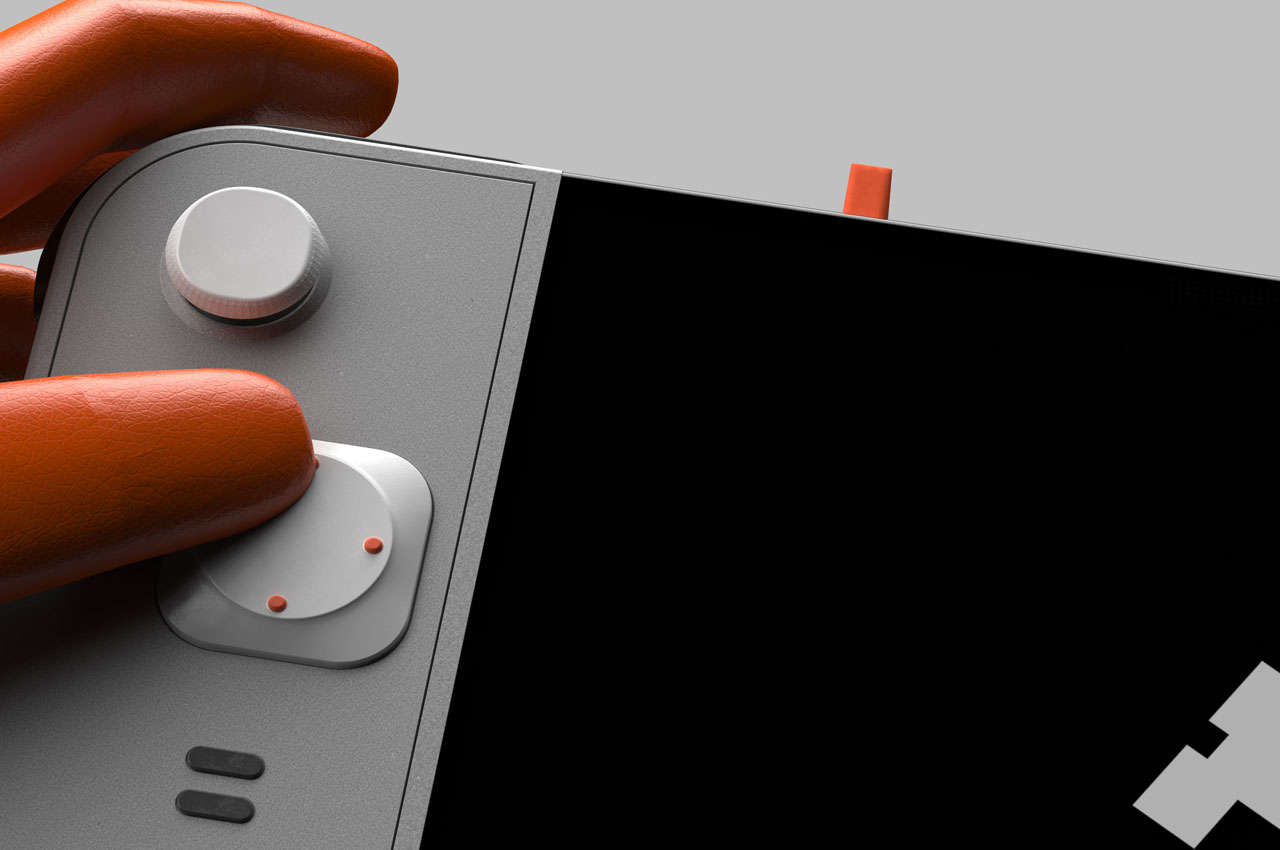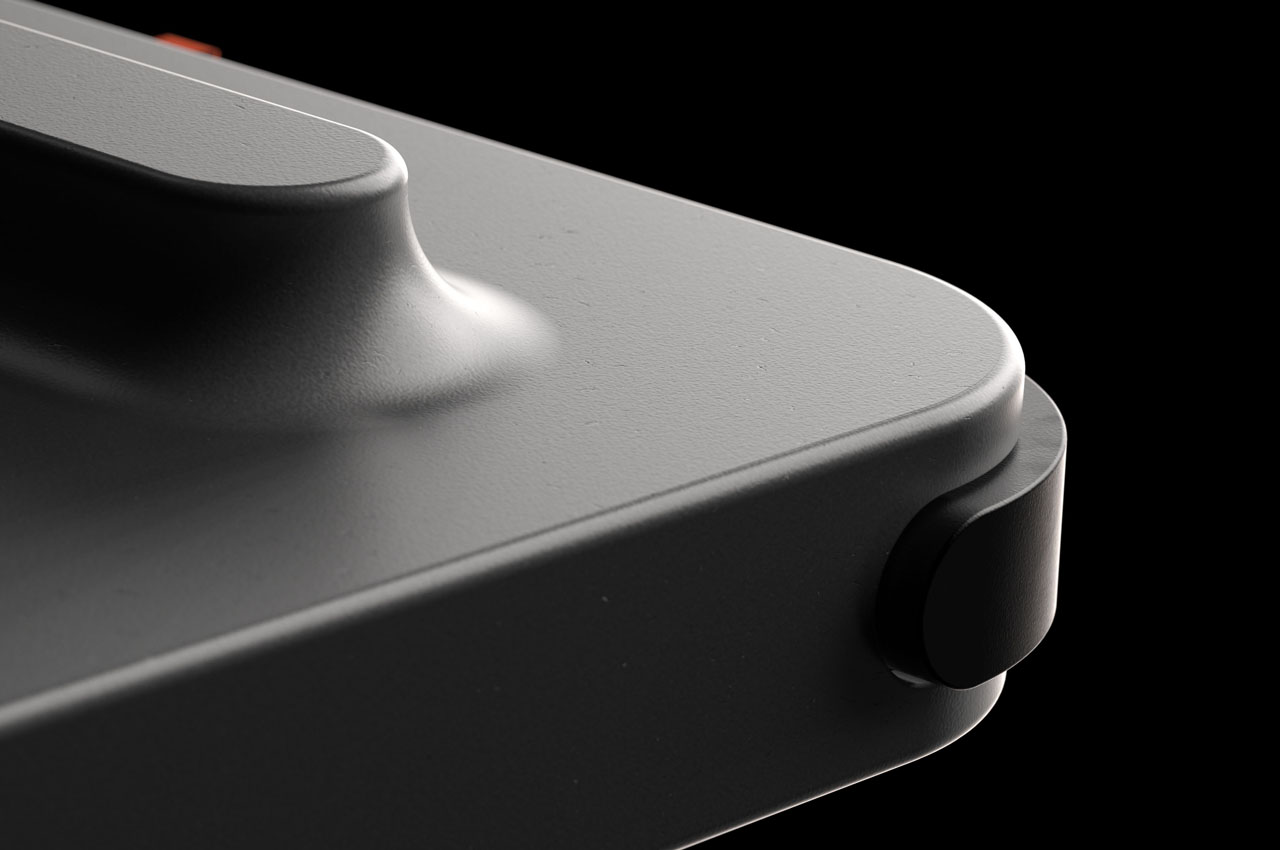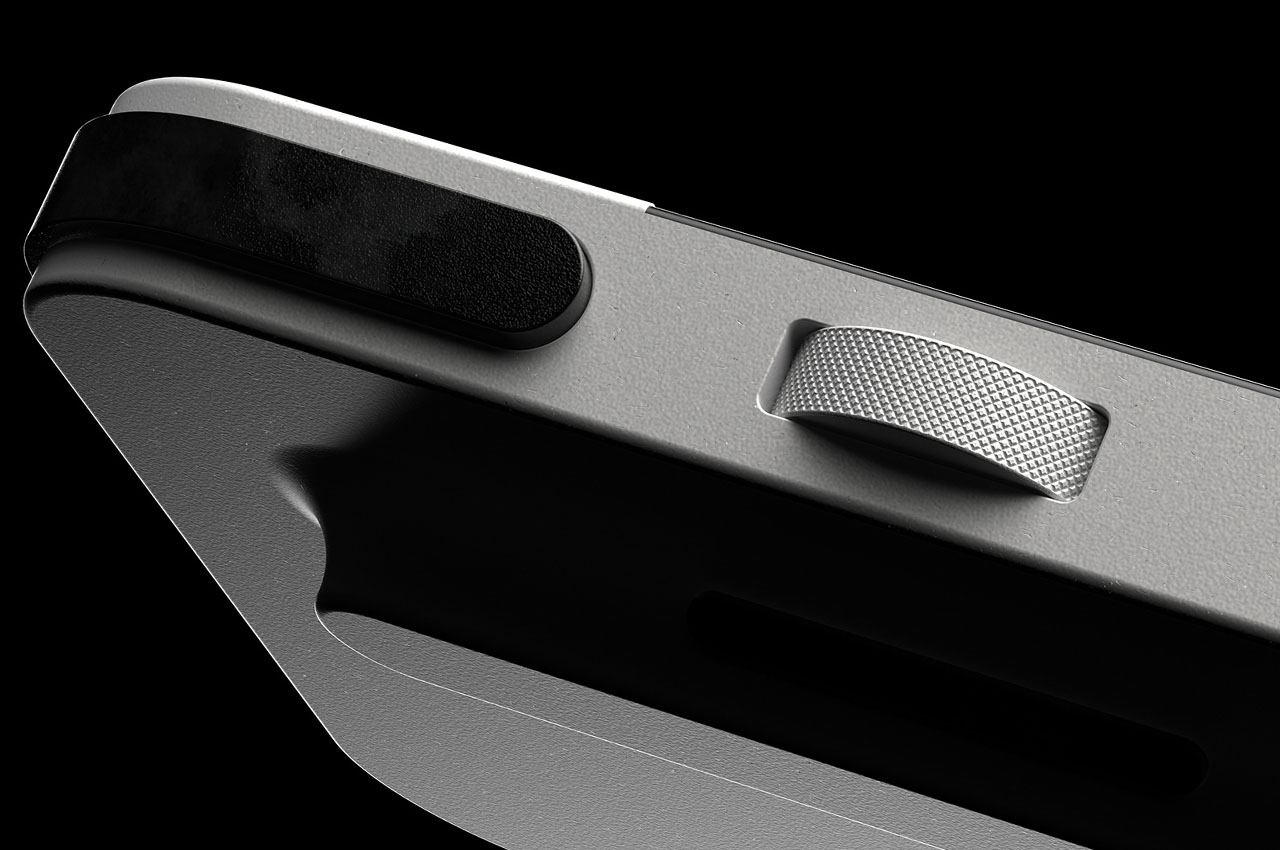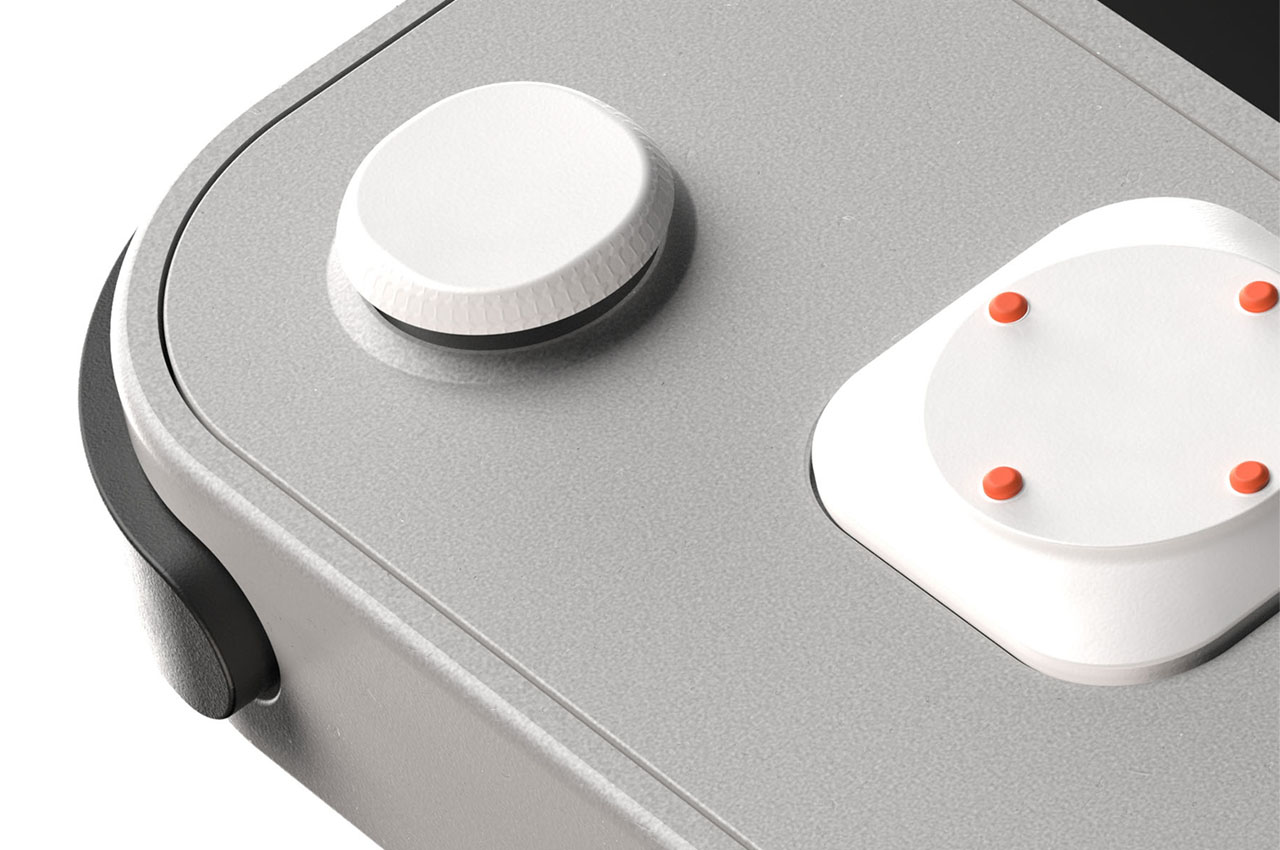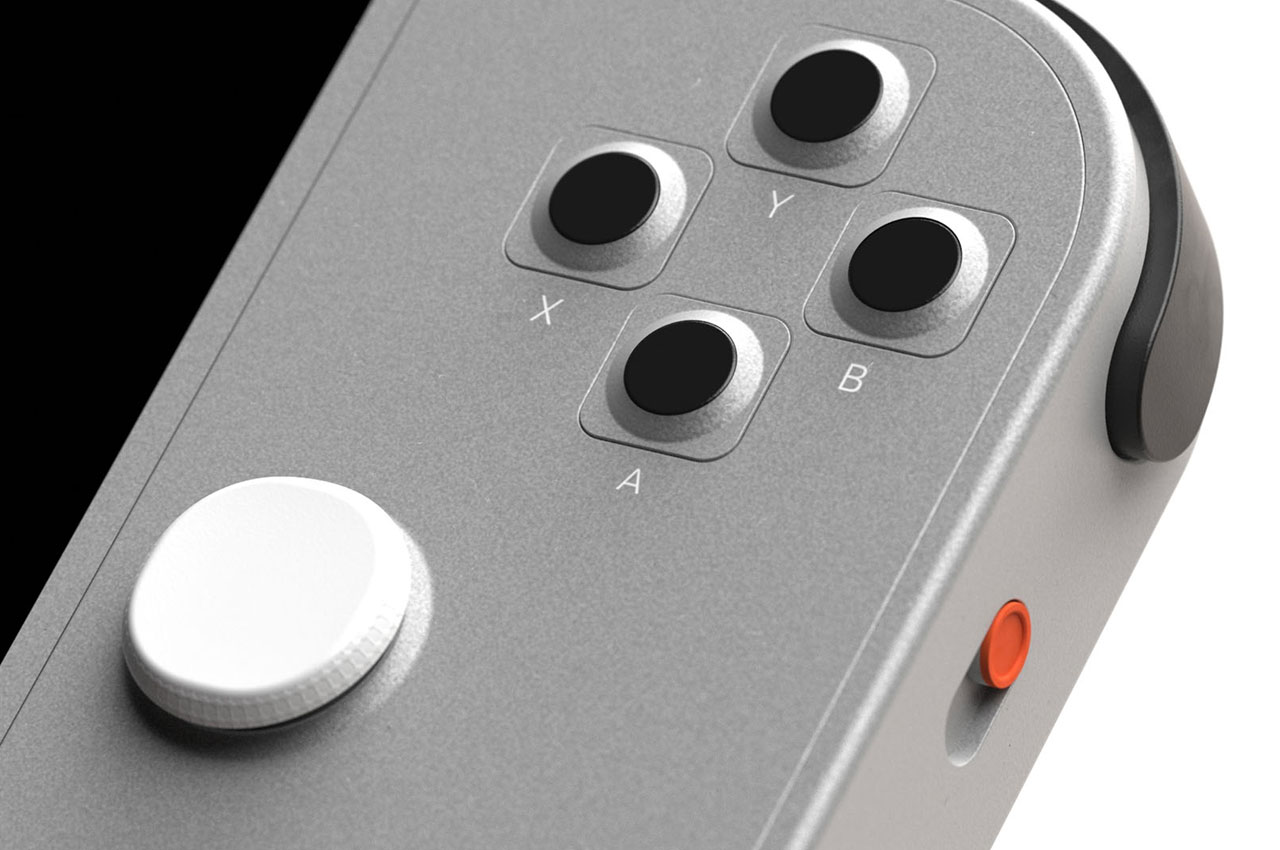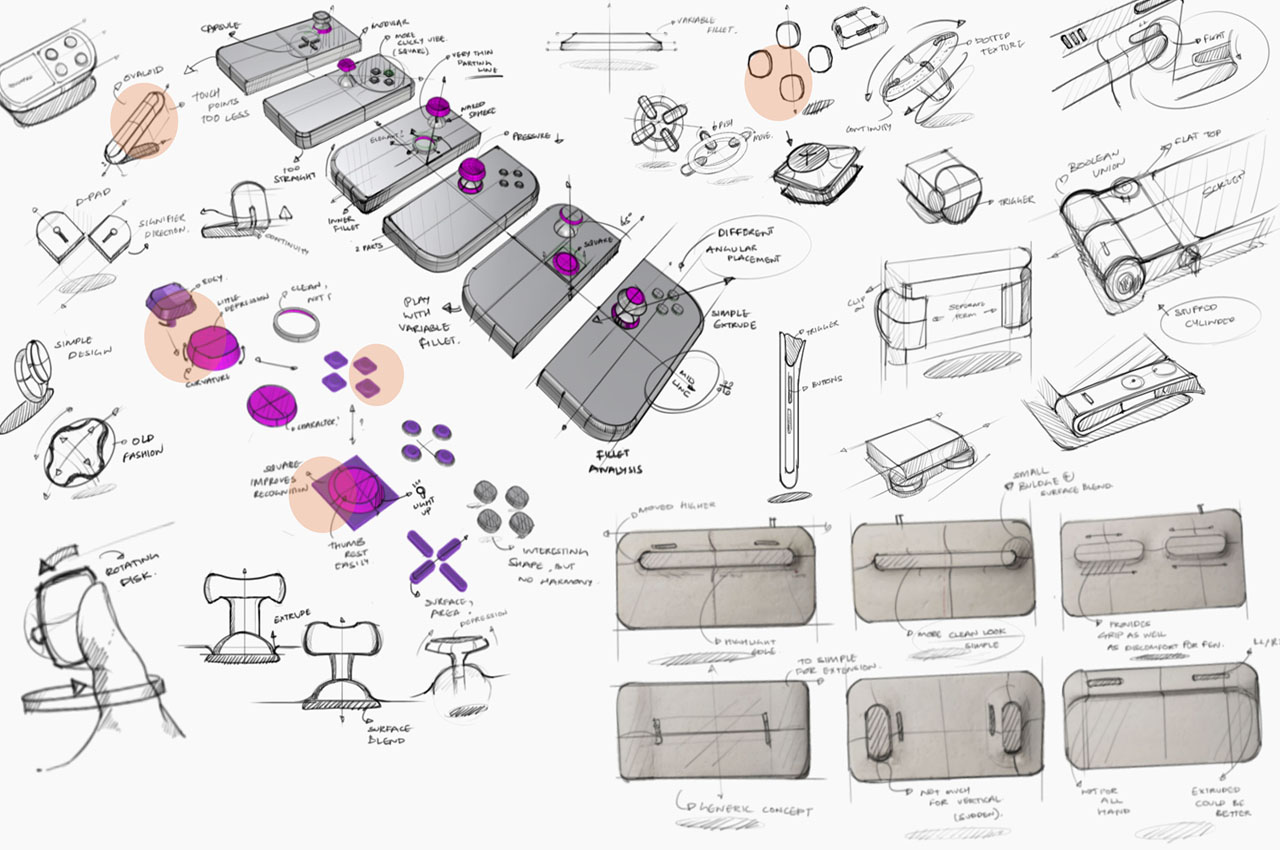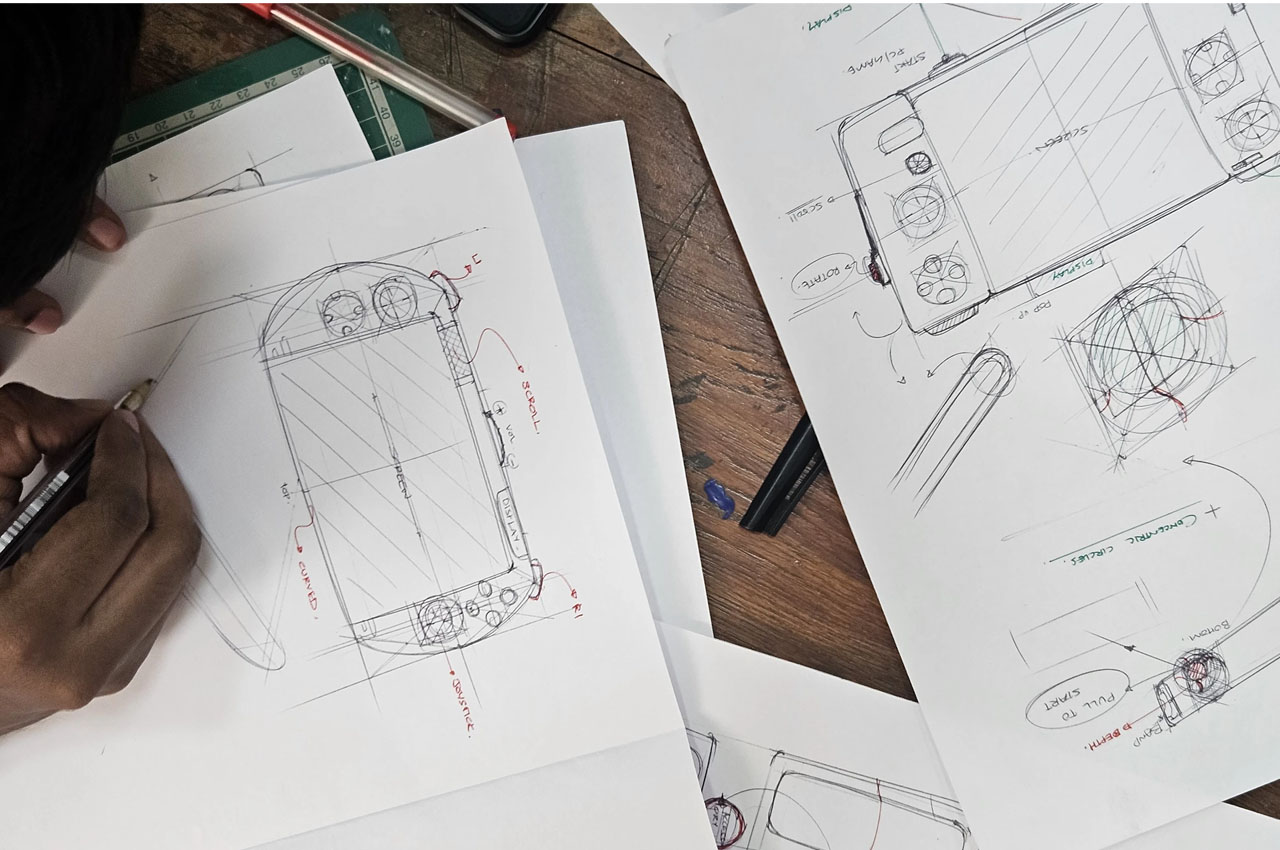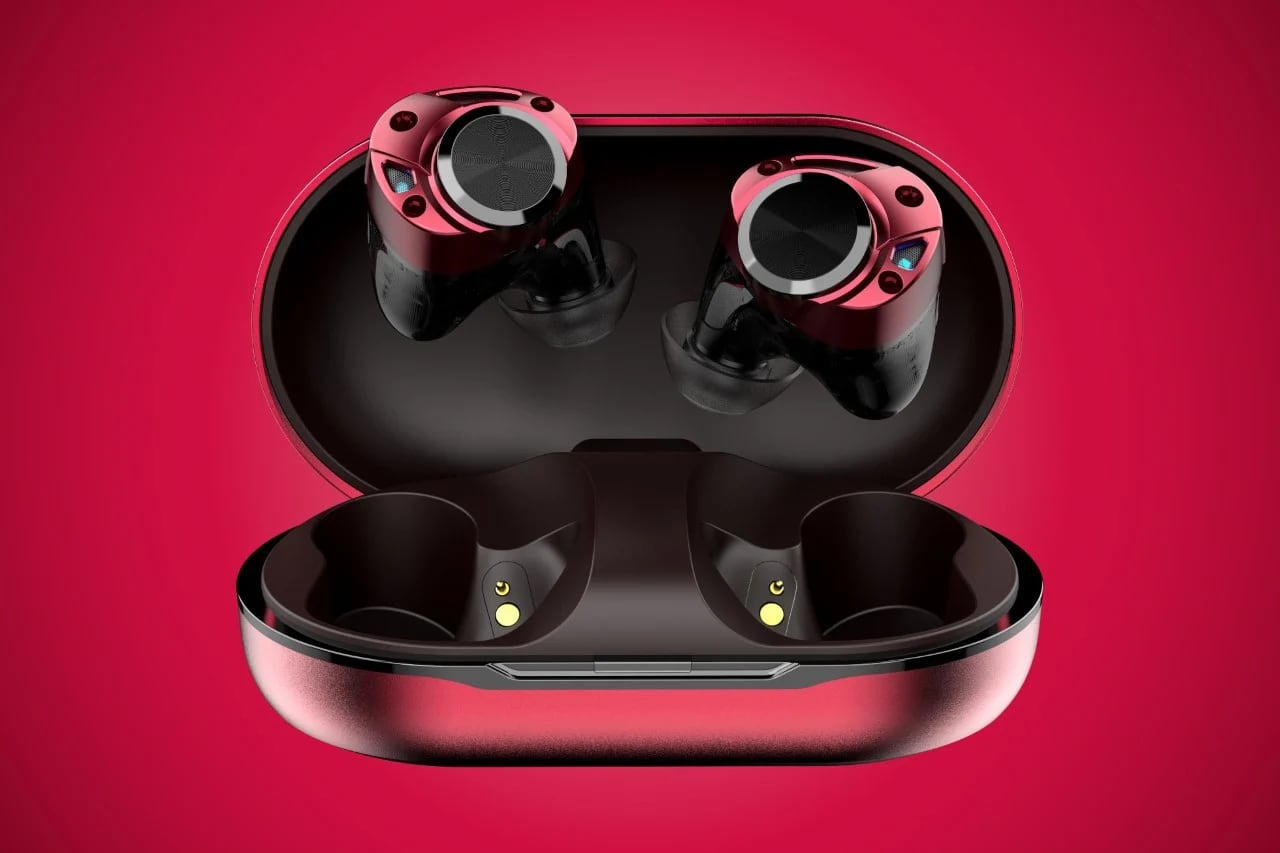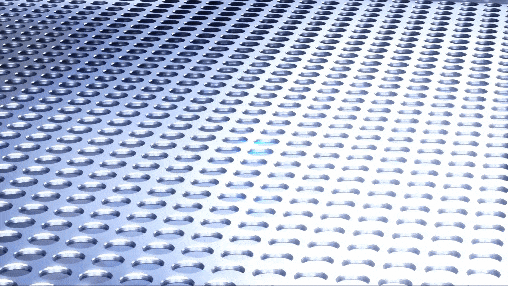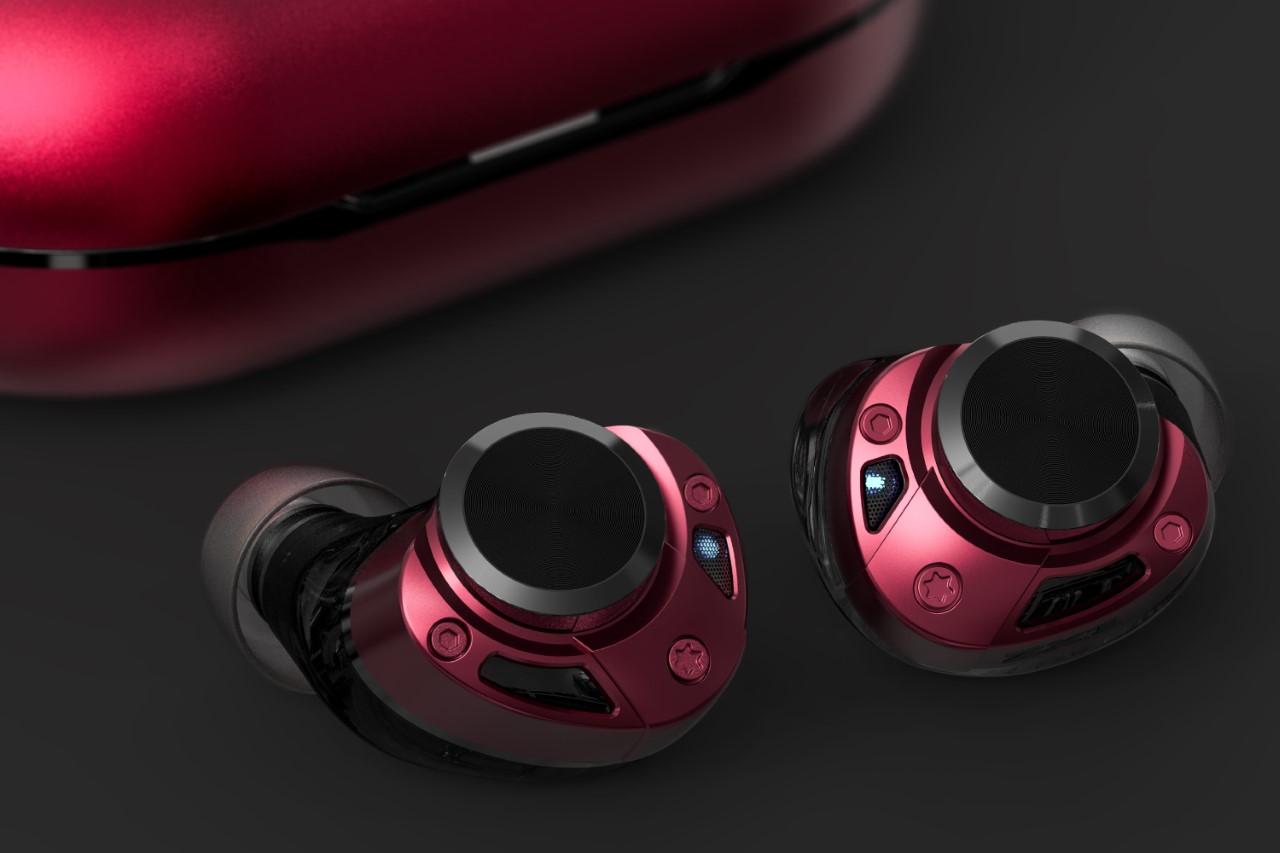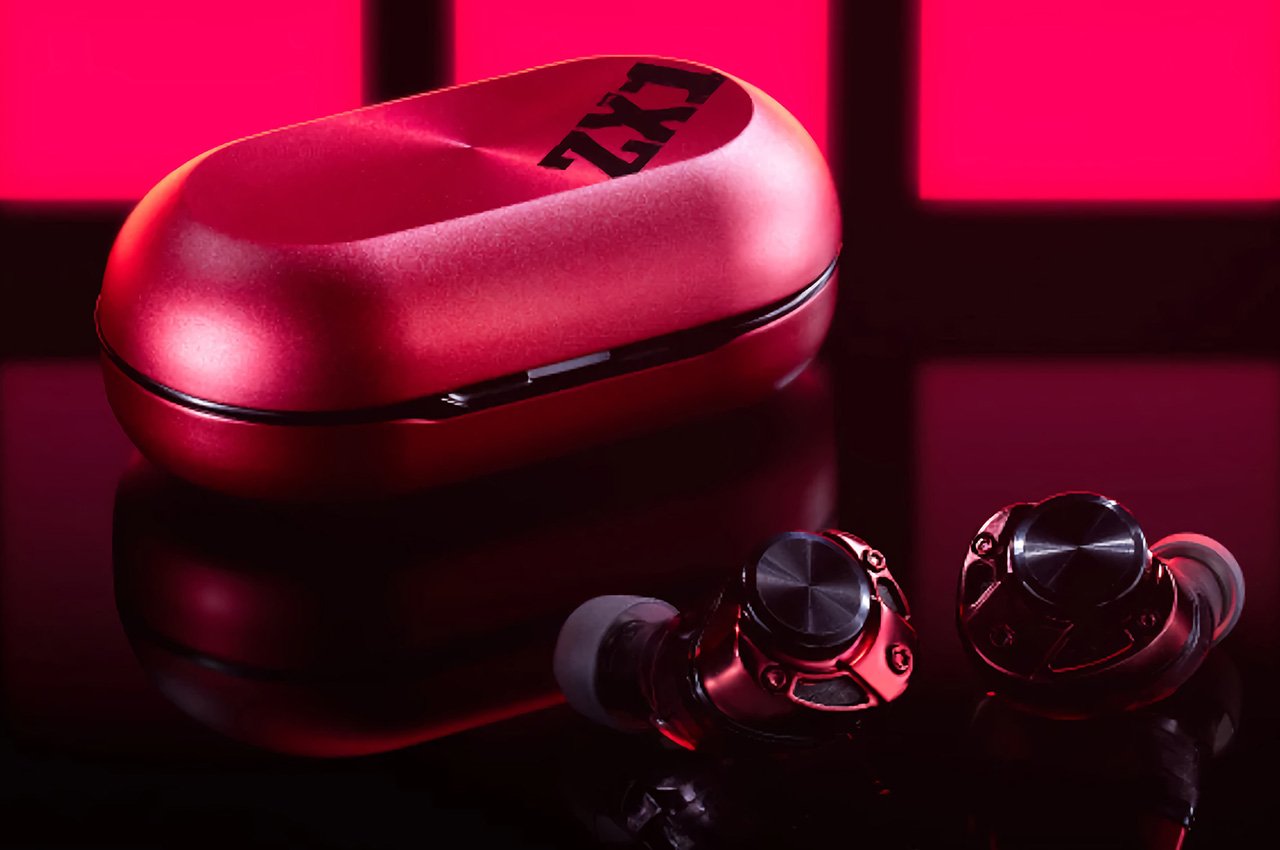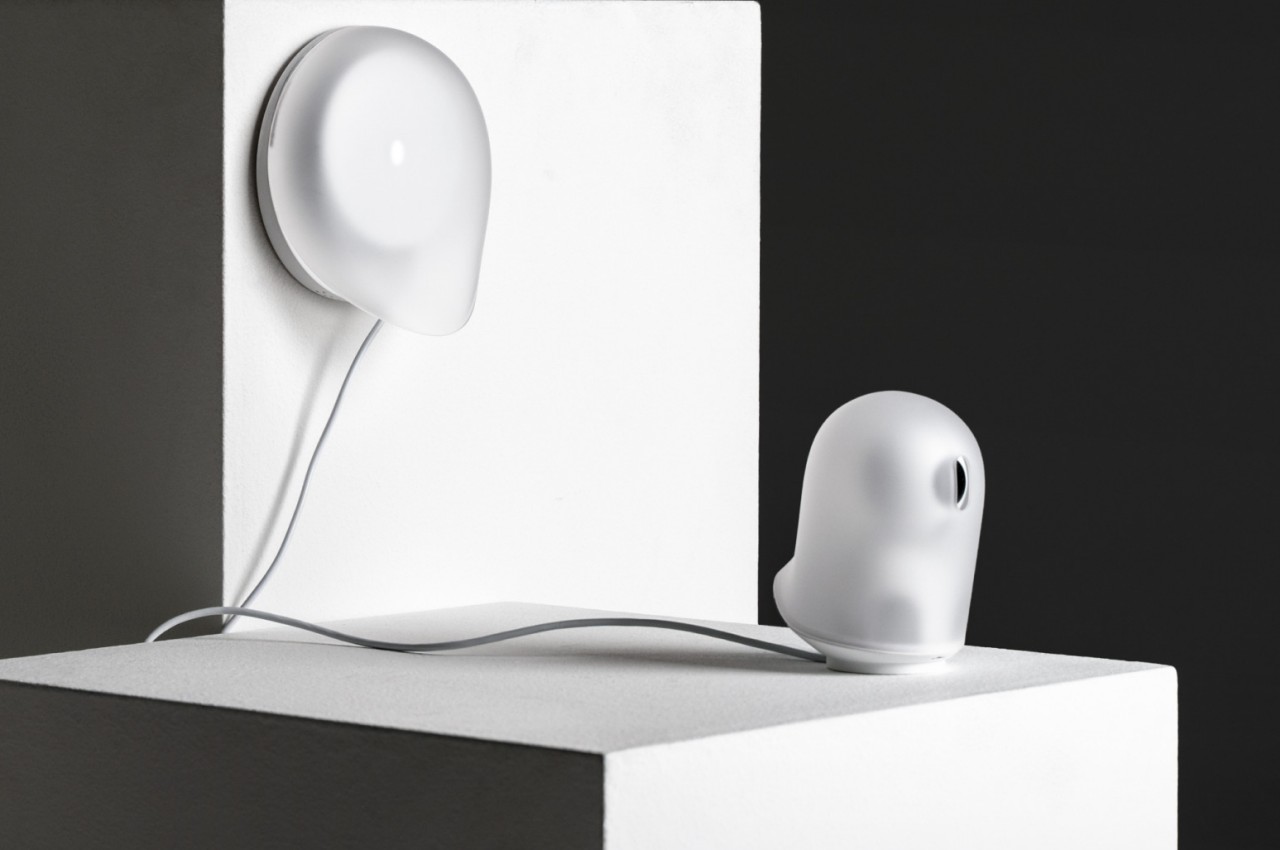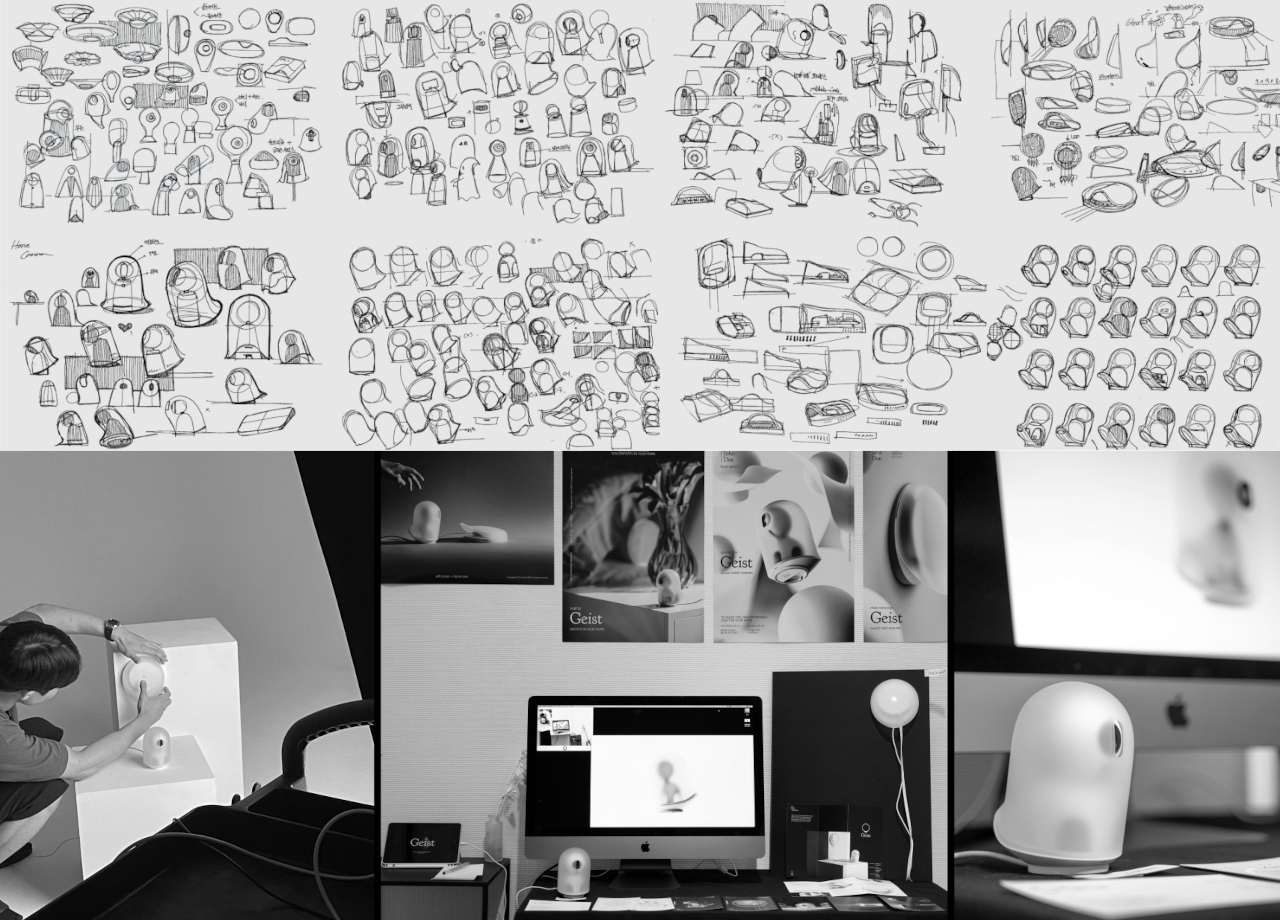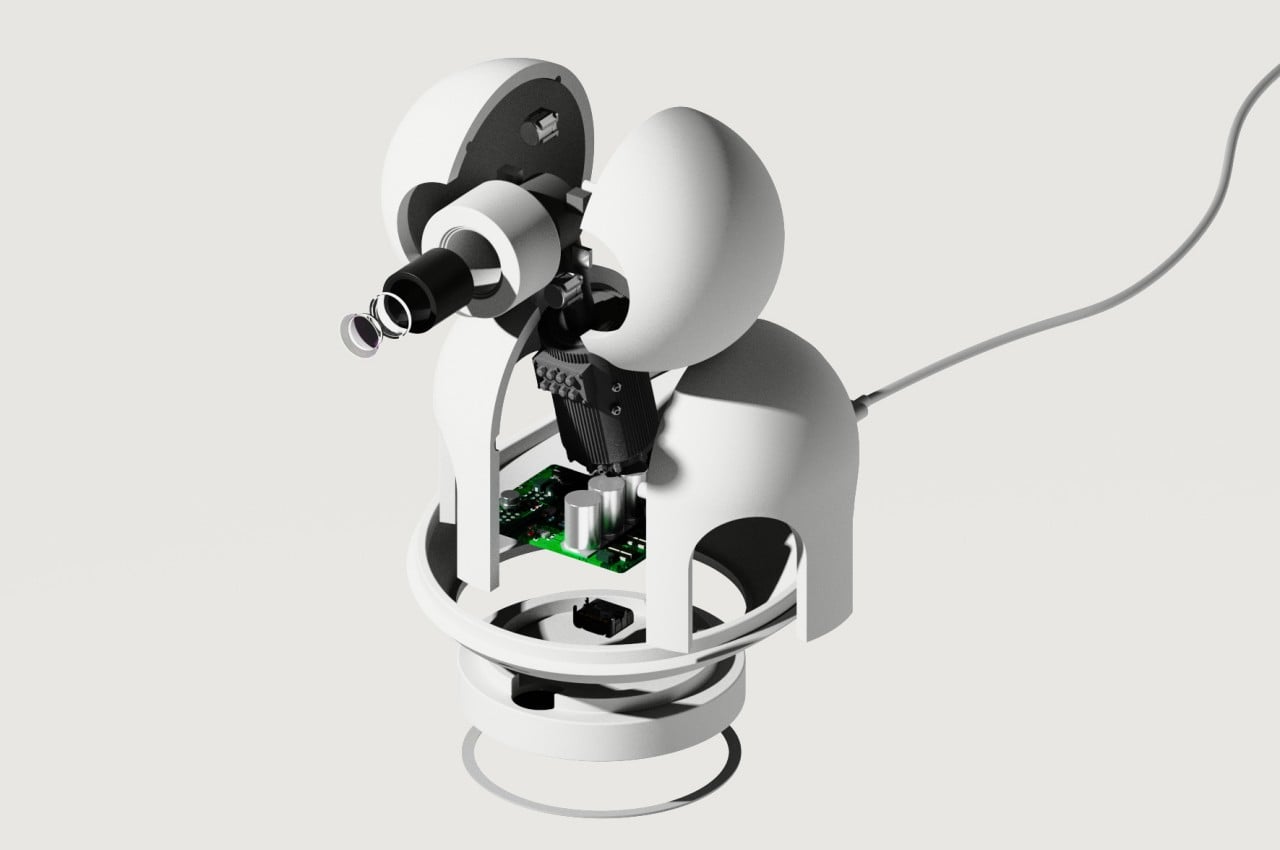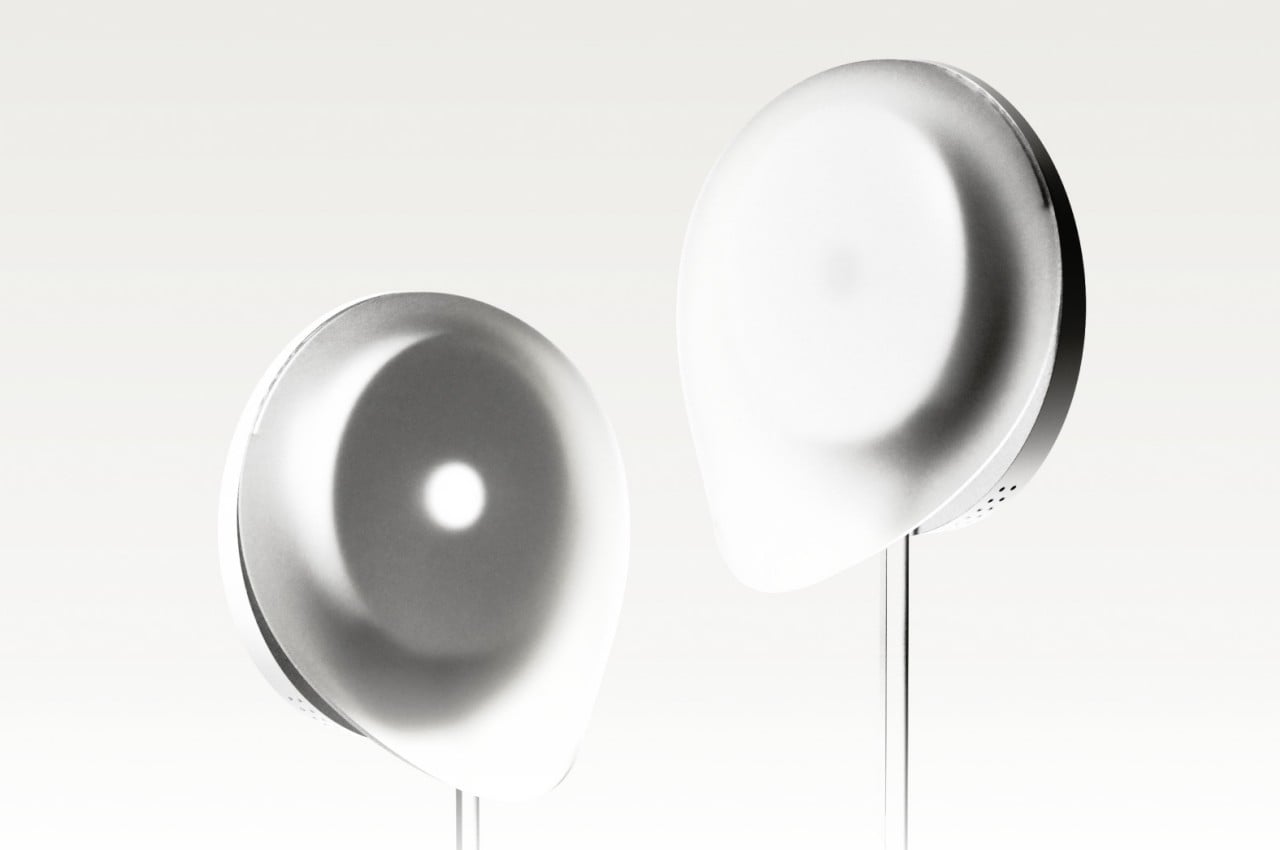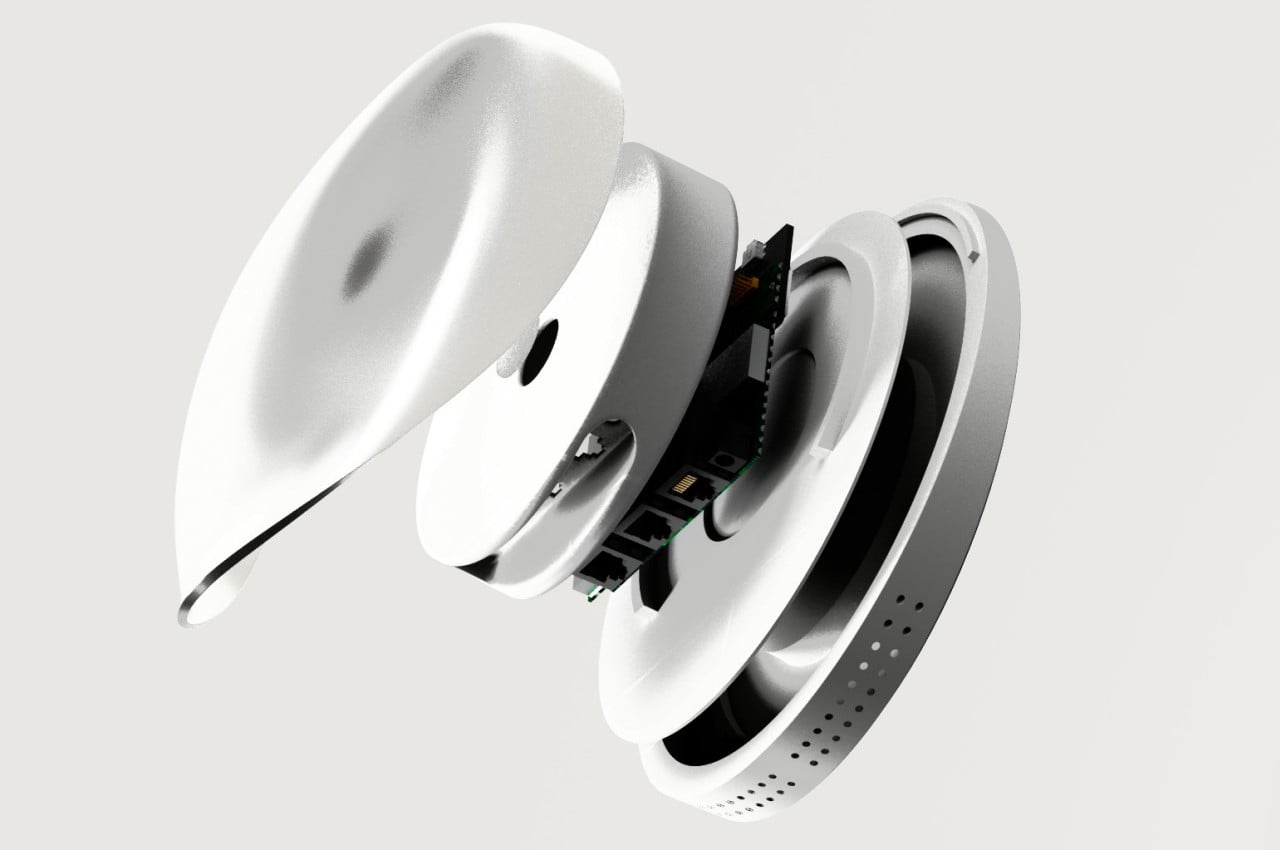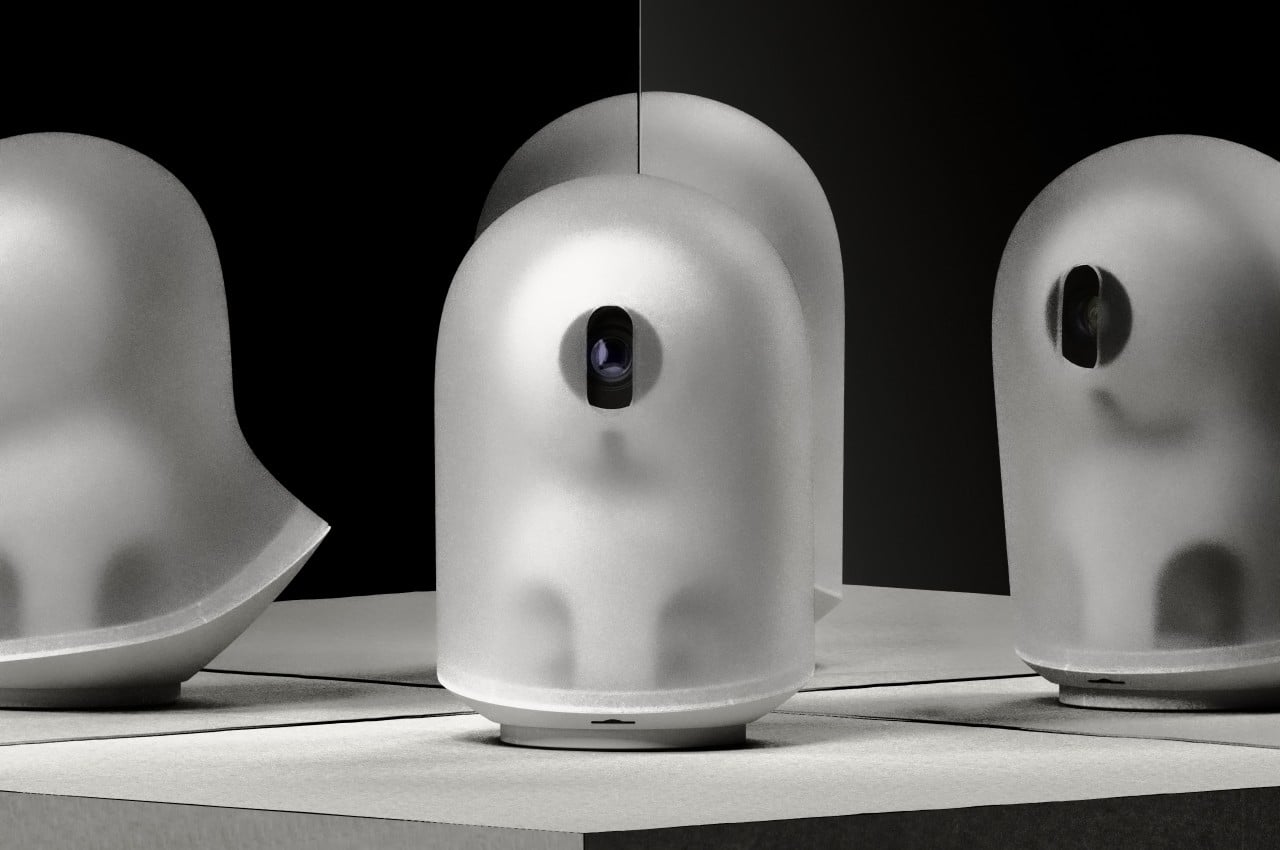
You’ve used a gaming controller to play on the PC but how about the other way around? Meet the Hitbox, a console controller that sort of flips the status quo, giving you a comfortably tactile desktop-style gaming controller for your other consoles. The Hitbox sports 12 hot-swappable keycaps with backlights (and an additional 6 programmable buttons) looking like a mechanical marvel for PC gamers… however, the Hitbox isn’t designed to just work with a PC. It’ll work with the Nintendo Switch, PS3, and PS4 too, thanks to a USB-C port that lets you hook the controller to your console for beautifully clicky computer-style gaming on pretty much any device. (You’ll need a Brook converter to run it with the PS5 because Sony only allows licensed controllers to work with their latest console)
Designer: Drop

The Hitbox eschews the traditional joystick in favor of a layout of buttons, mirroring the design of arcade fight pads. This layout, while potentially unfamiliar to newcomers, is prized by fighting game veterans for its precision and ability to execute complex combos and special moves with greater ease.

But the Hitbox isn’t simply a retro throwback. It boasts several features that cater to the modern gamer. One of the most compelling aspects is the hot-swappable key functionality. Similar to mechanical keyboards, the Hitbox features 12 individual key slots that can be easily customized with your favorite mechanical keyboard switches. This allows players to tailor the feel and responsiveness of the controller to their specific preferences, a significant advantage for competitive players seeking that perfect edge in terms of speed and actuation.
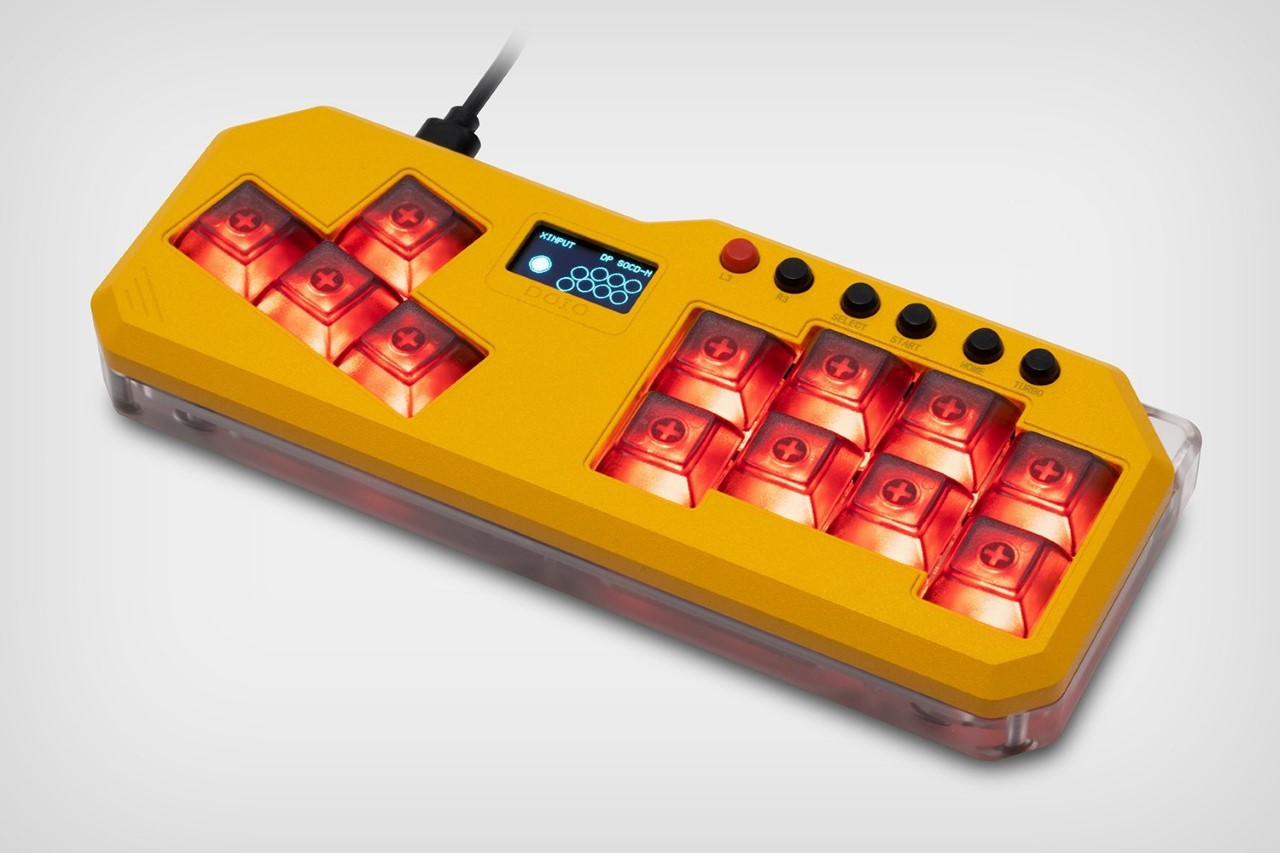
Beyond the core buttons, the Hitbox offers six programmable buttons. Using the included PC driver software, players can assign intricate in-game macros to these buttons. This allows for effortless execution of complex combos and special moves, freeing up mental resources and allowing players to focus on strategy and execution during intense matches. The Hitbox also offers compatibility in the form of plug-and-play functionality with the Nintendo Switch, PS4, and even the PS3, broadening its appeal to a wider audience of fighting game enthusiasts across various platforms.
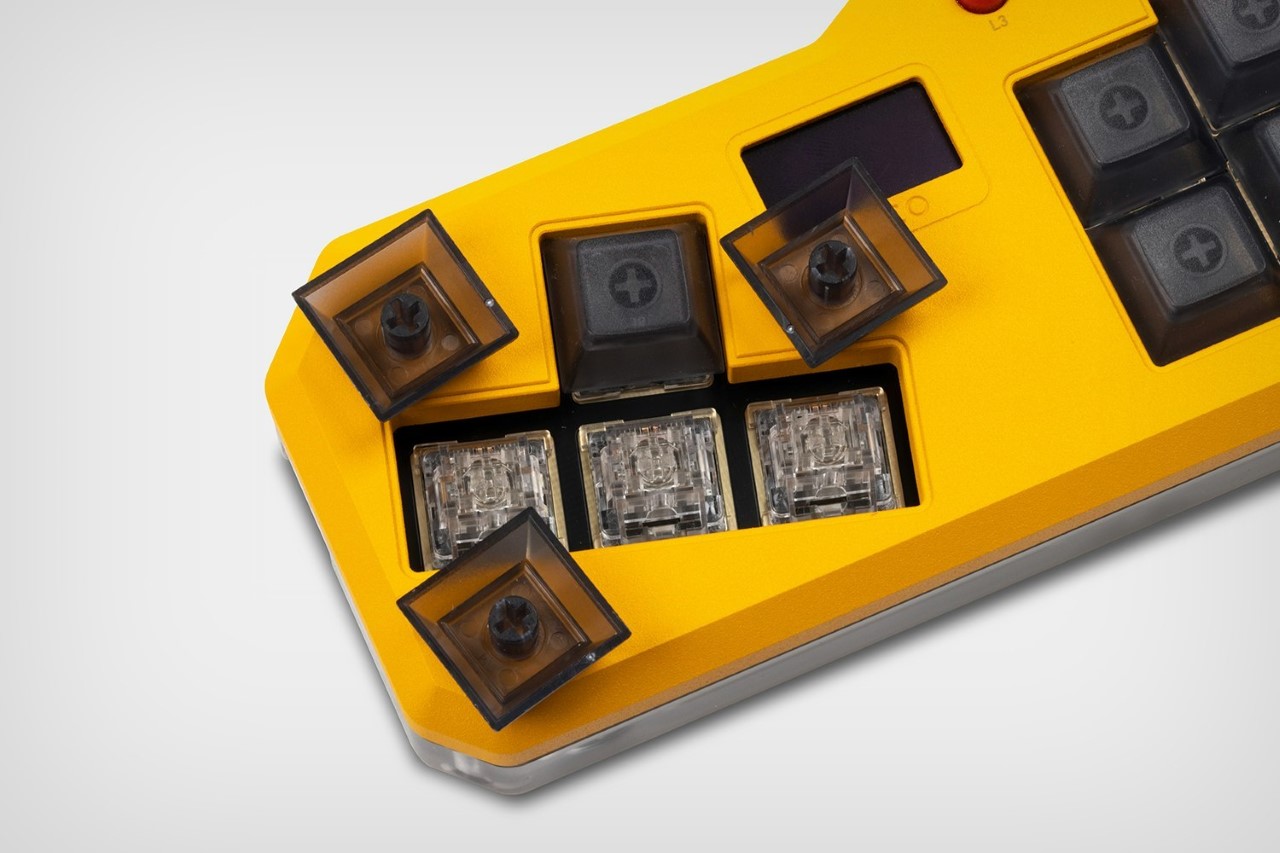
The build quality of the Megalodon Hitbox is as impressive as its functionality. The sleek design combines a high-quality aluminum alloy base with a durable acrylic top, ensuring the controller can withstand the rigors of competitive play. This marriage of materials makes it a reliable companion for countless battles to come.
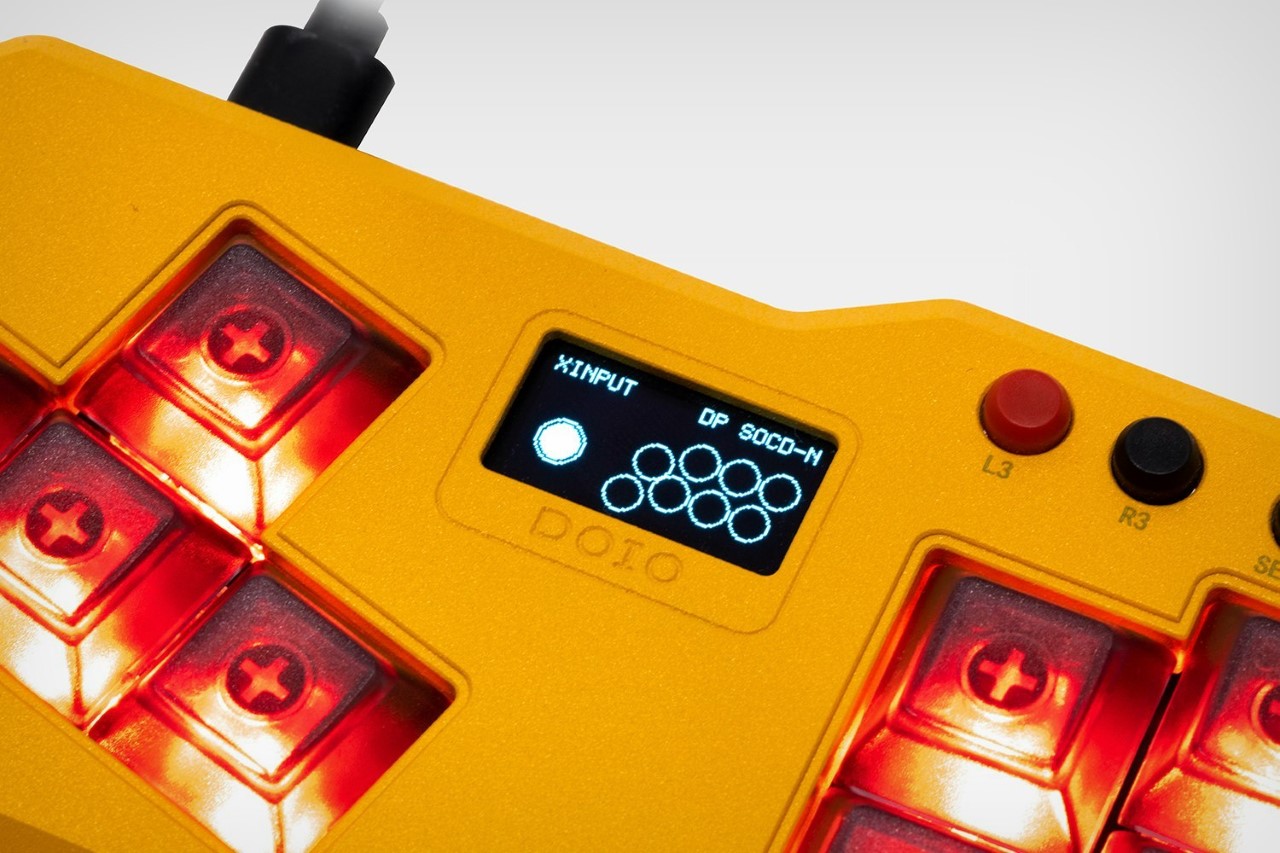
The Hitbox also boasts a small but useful technological feature: a built-in 0.96-inch screen. This allows players to monitor their macros and navigate menus with ease. Additionally, the Hitbox runs on GP2040-CE firmware, opening the door for further customization for tech-savvy gamers who want to tinker with the controller’s functionalities.
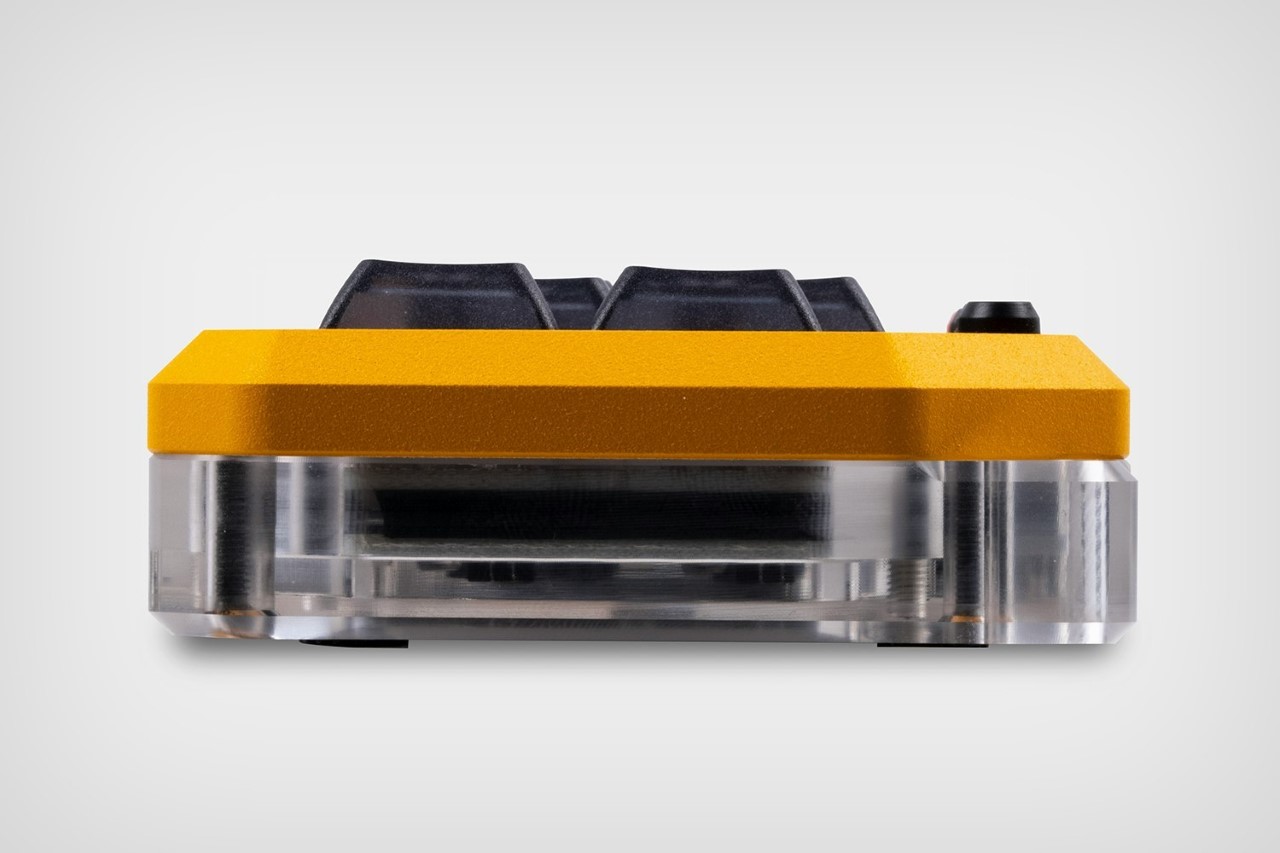

While the Hitbox offers a compelling package, it’s important to consider its target audience. The controller caters to fighting game enthusiasts who prioritize peak performance and extensive customization options. If you’re new to fighting games or simply prefer the feel of a traditional controller, the Hitbox might not be the best choice. However, for those seeking an arcade-style experience with the added benefits of modern technology, the Hitbox is a serious contender.

Currently available for pre-order in four color options (yellow, white, soy, and black), the Megalodon Hitbox Controller offers a unique blend of classic design and cutting-edge functionality. With its focus on customization, performance, and durability, the Hitbox is a compelling option for fighting game aficionados looking to elevate their skills and dominate the competition. Just remember, pre-orders come with an estimated ship date of June 14, 2024, so a little patience is required.
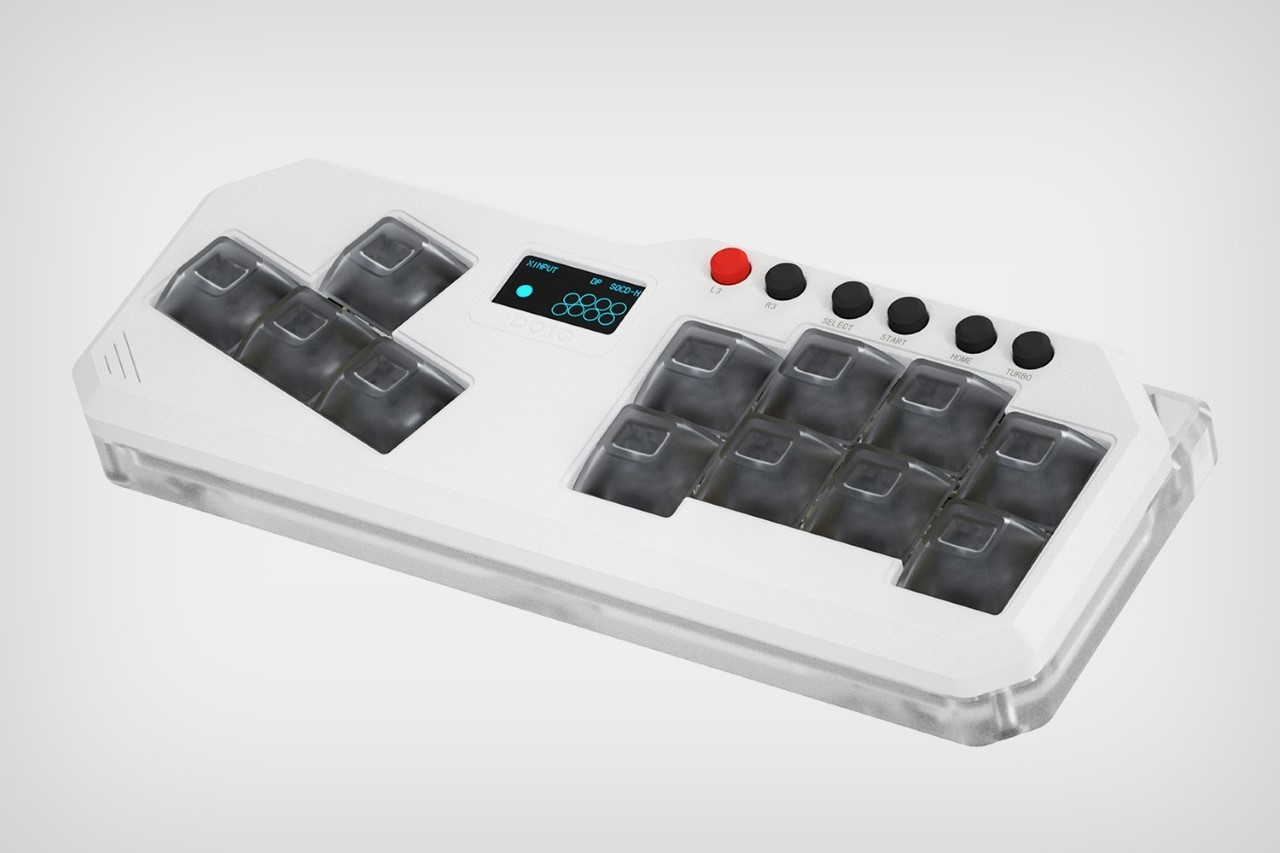
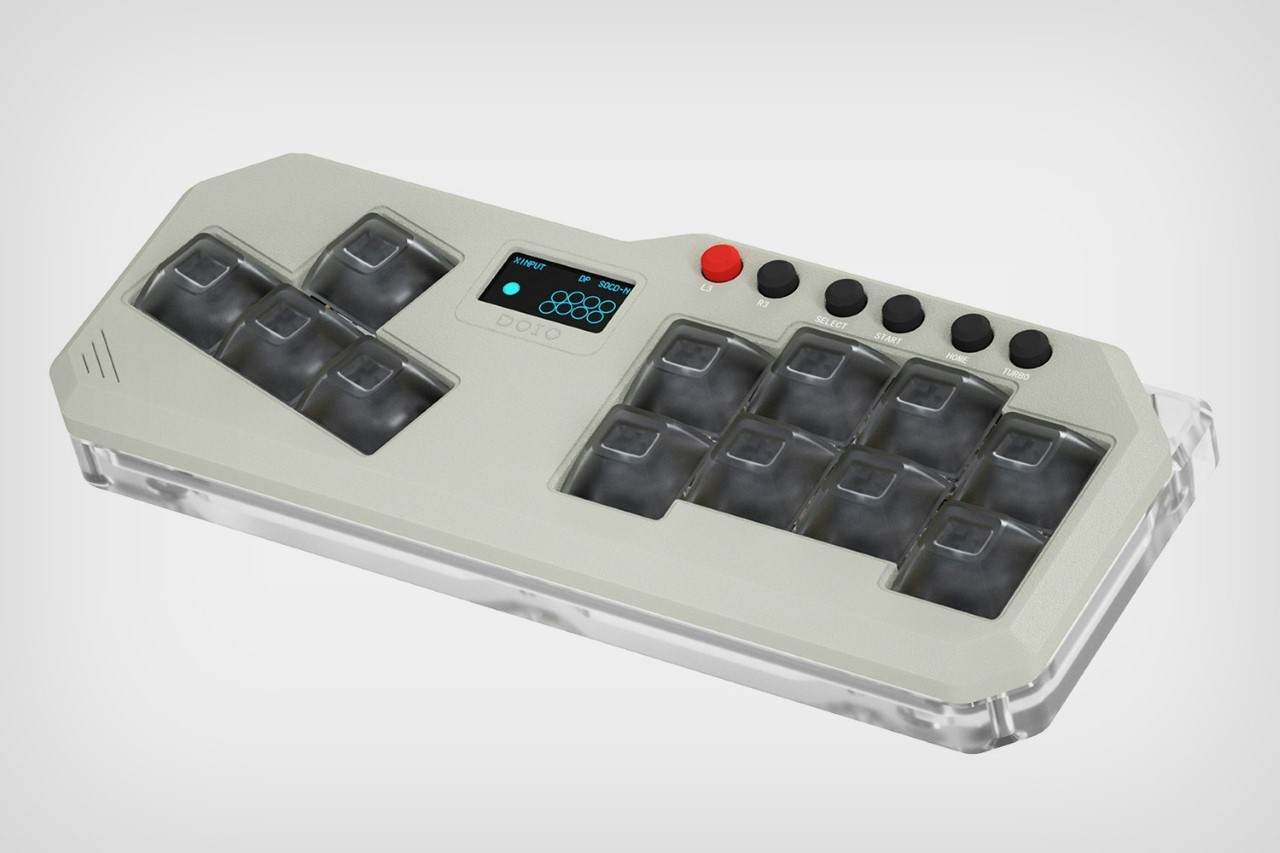
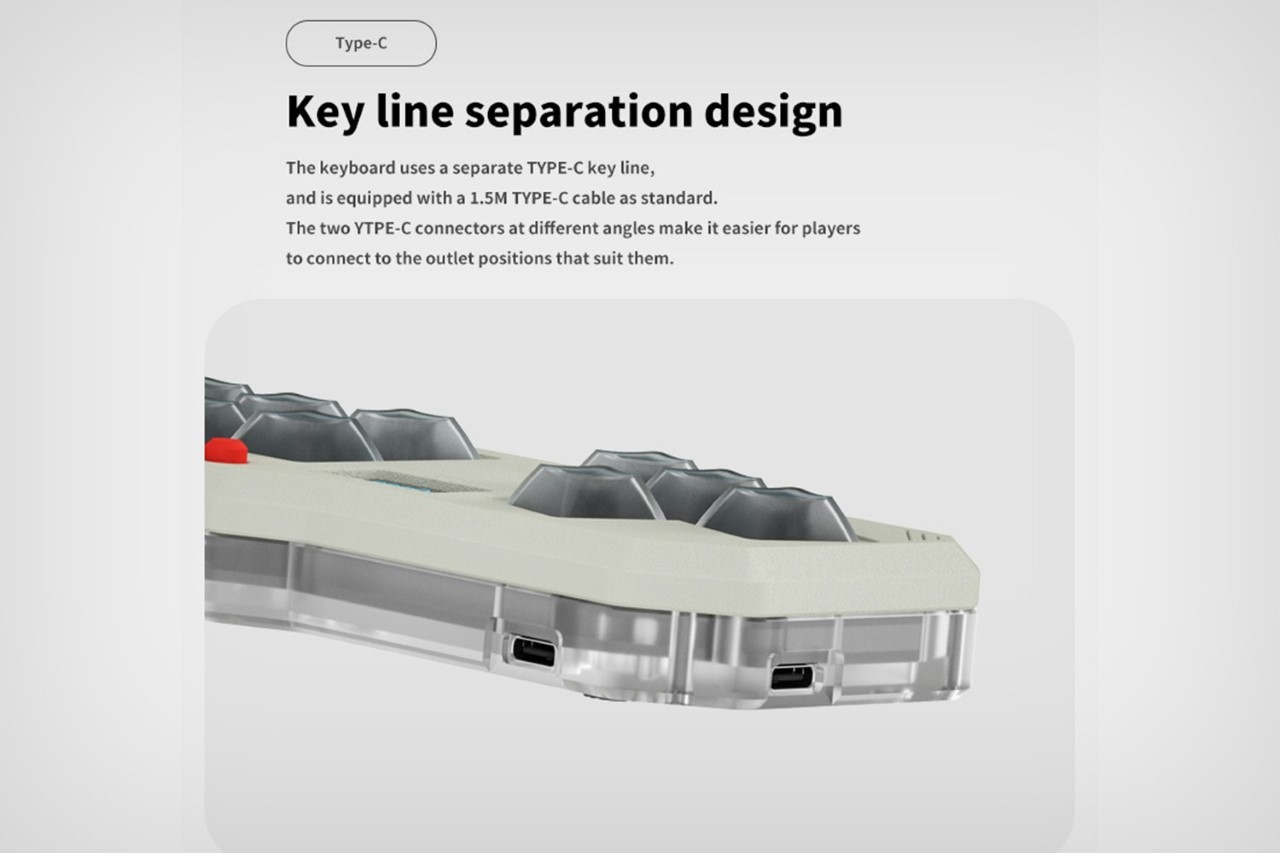
The post This Mechanical Controller Brings Glorious Desktop-style Clicky Keycaps to your PlayStation first appeared on Yanko Design.

















